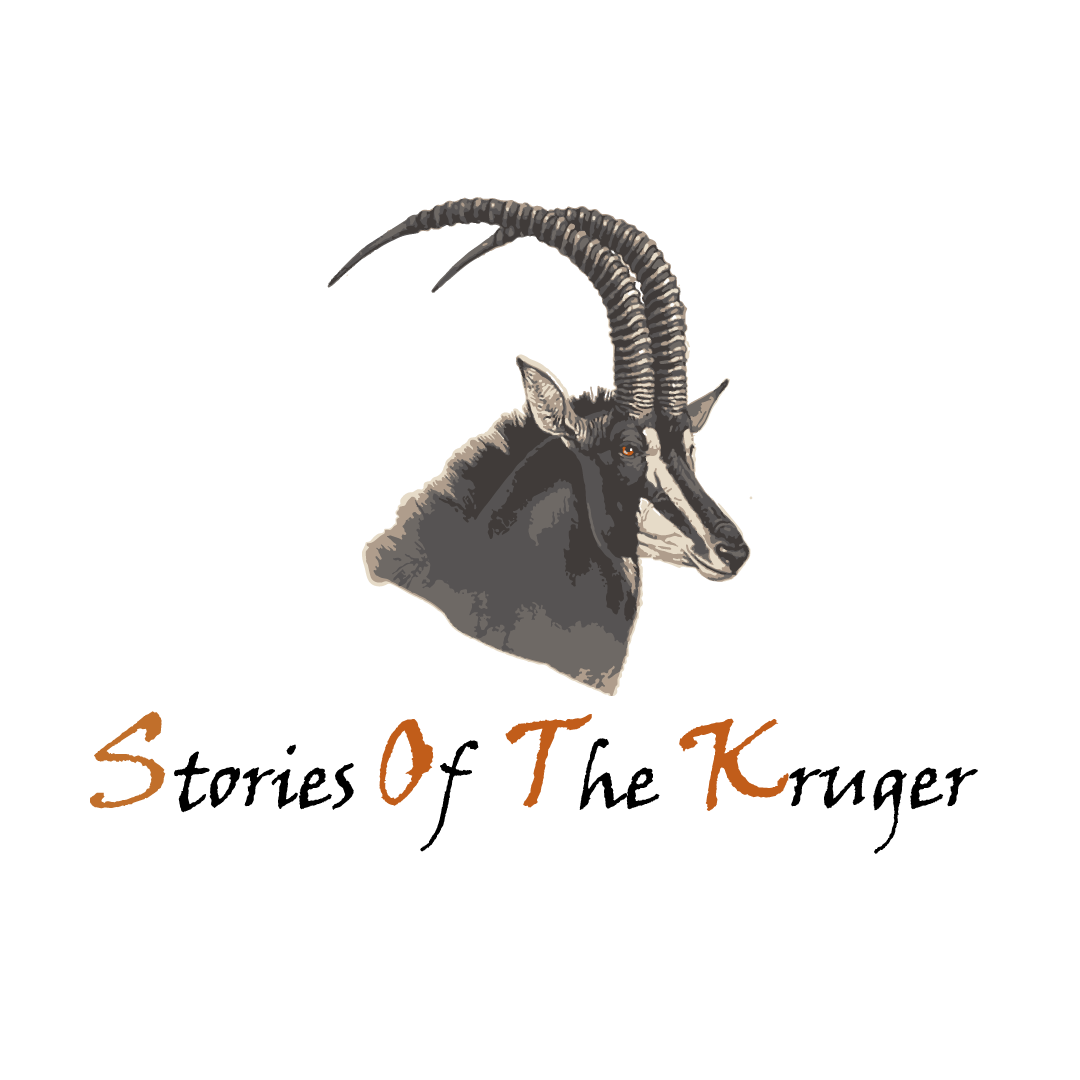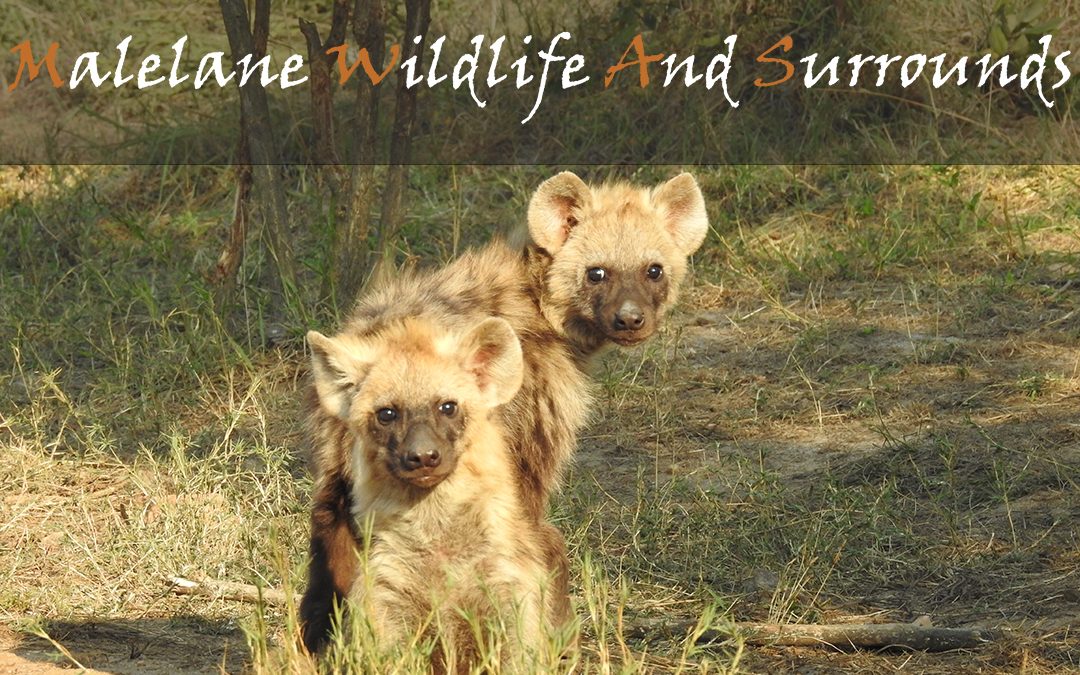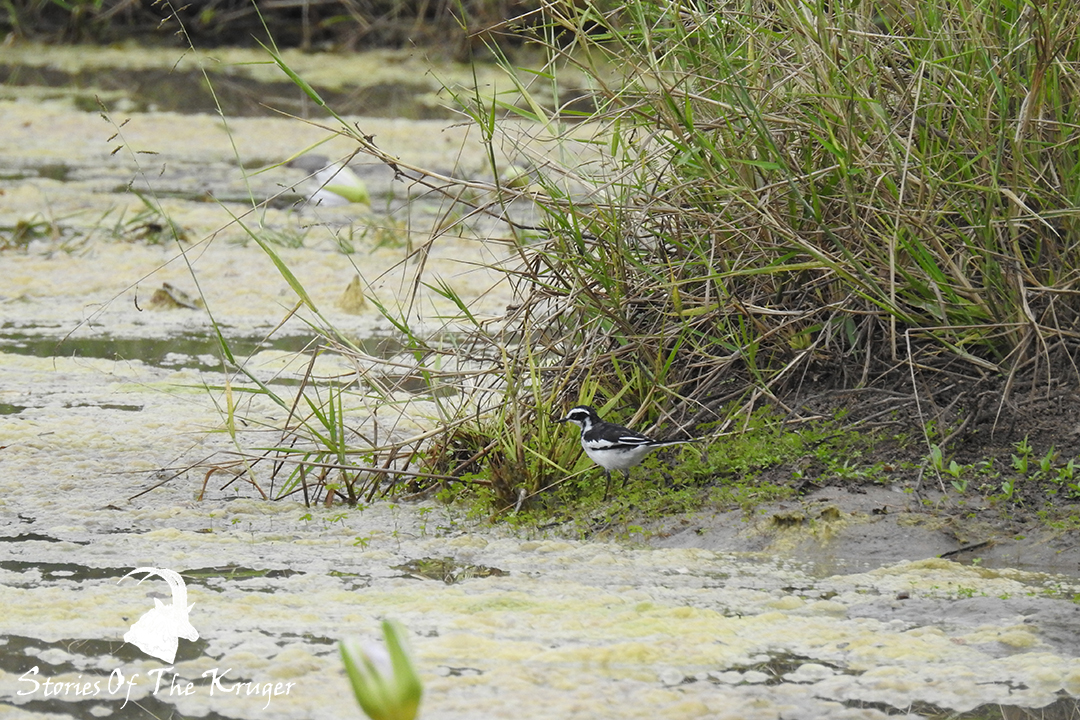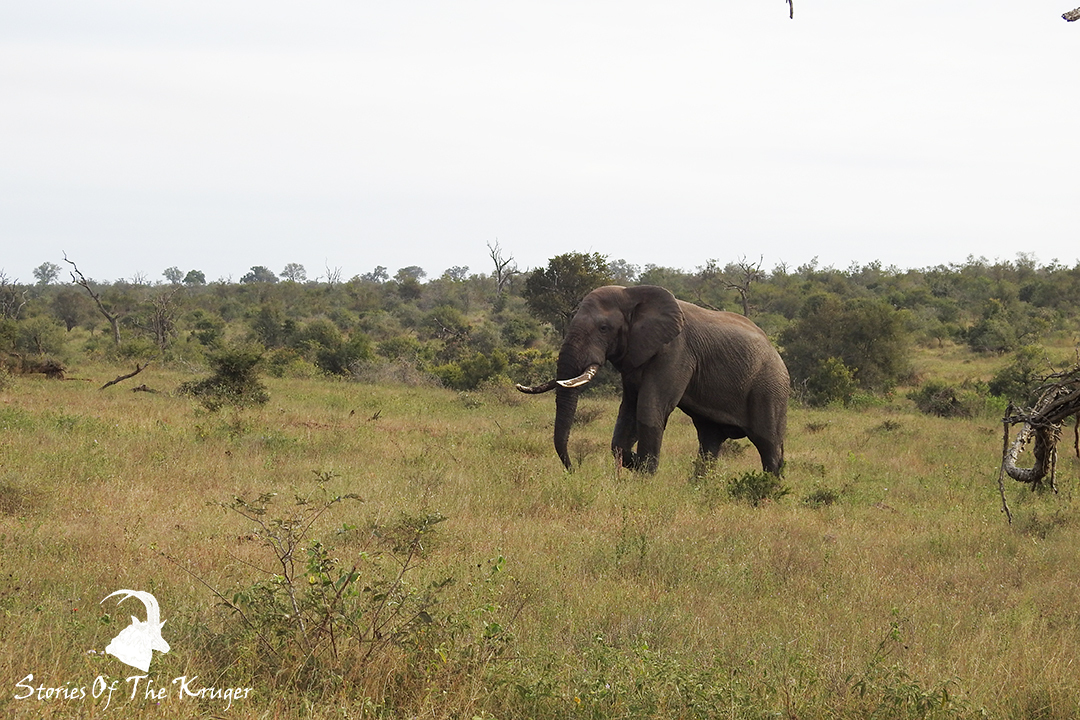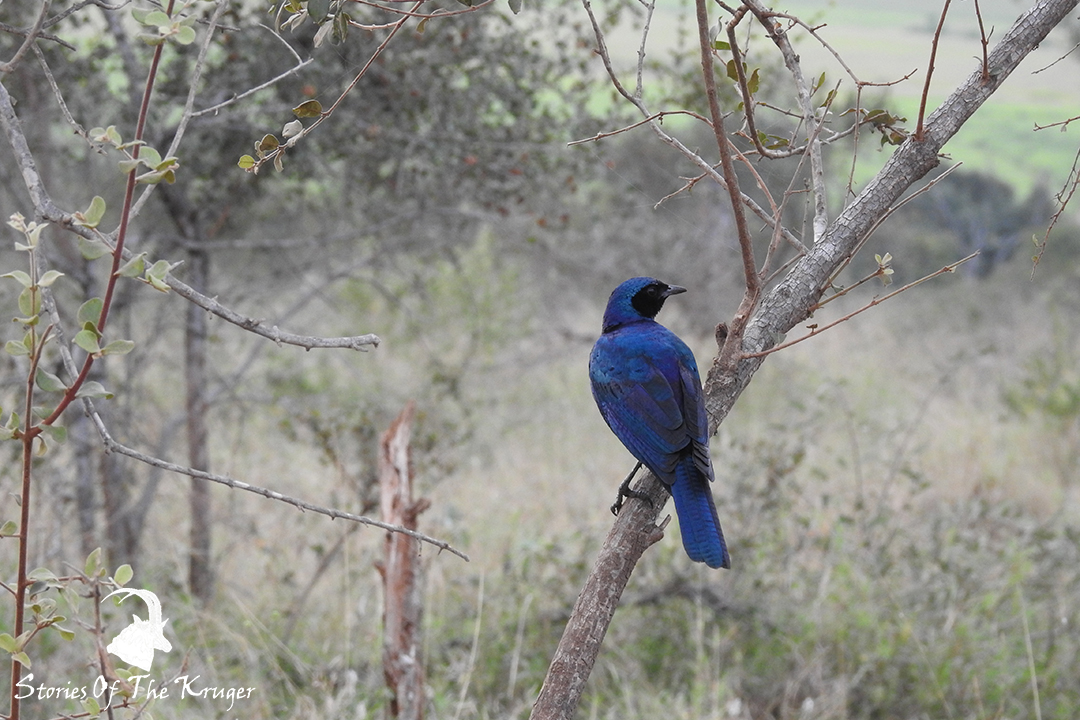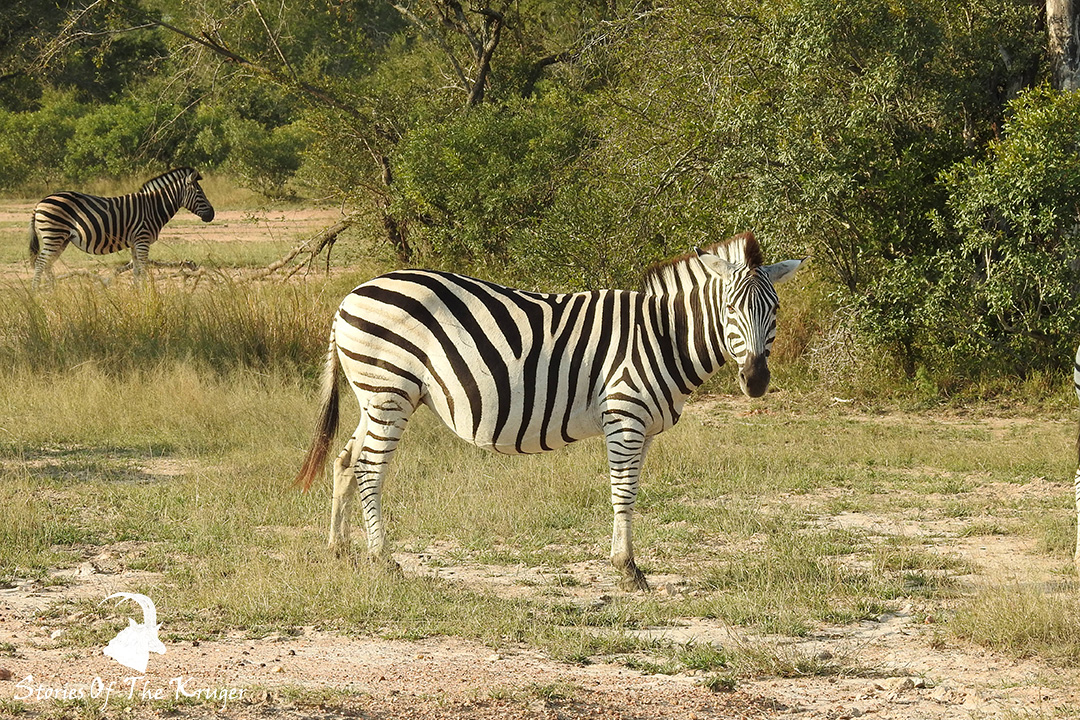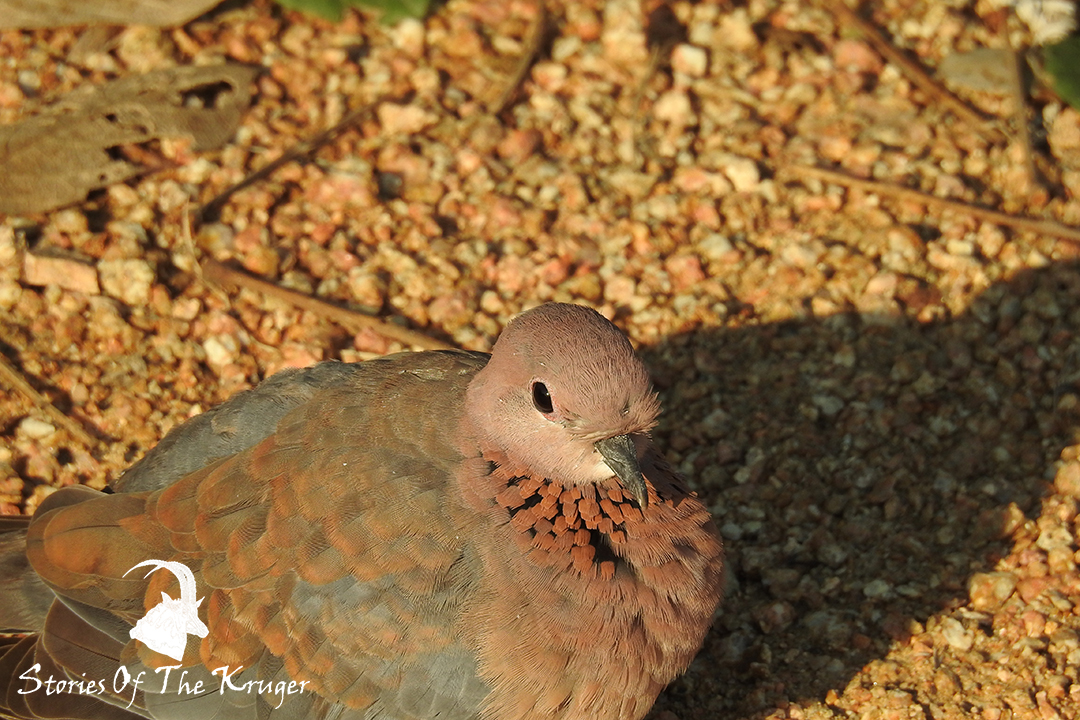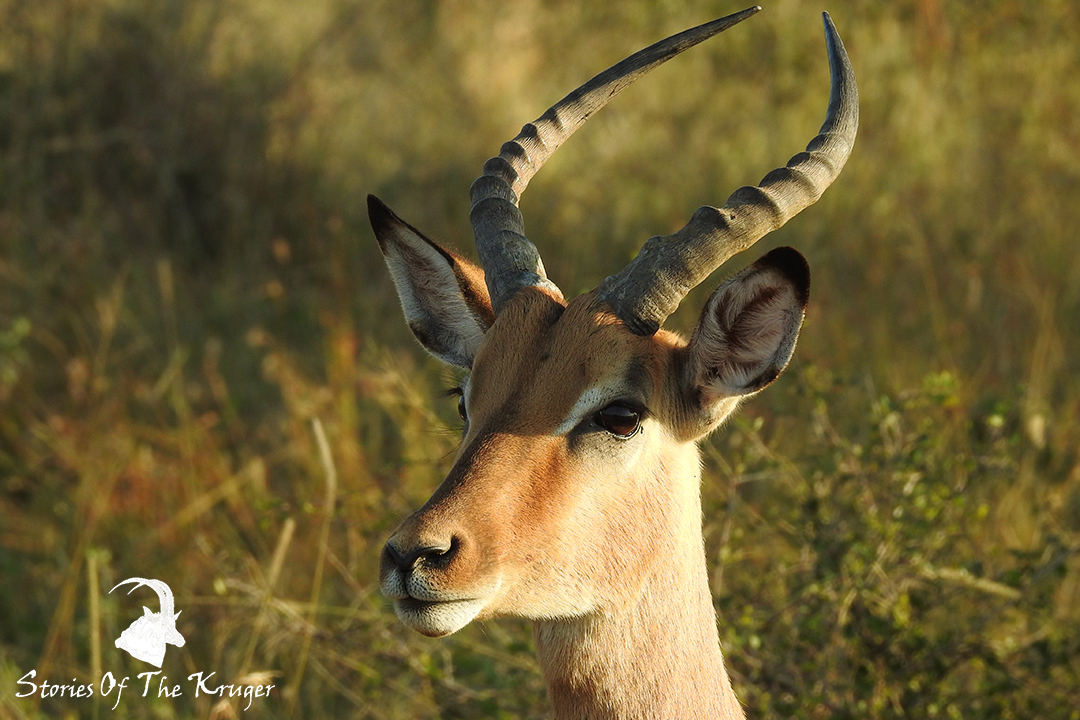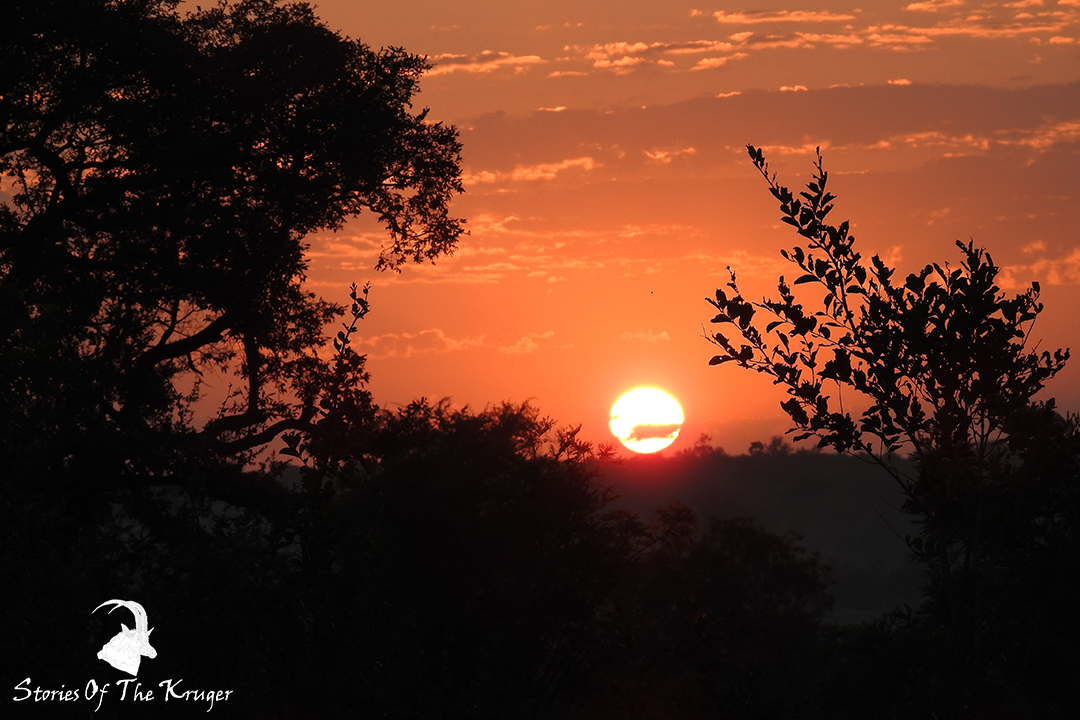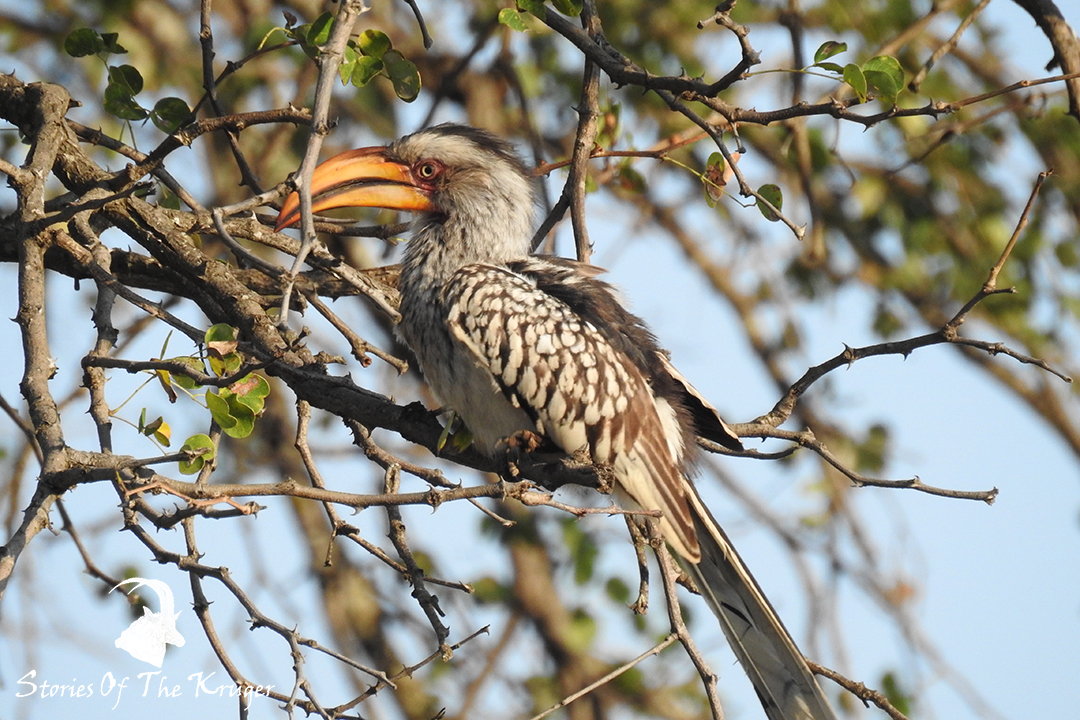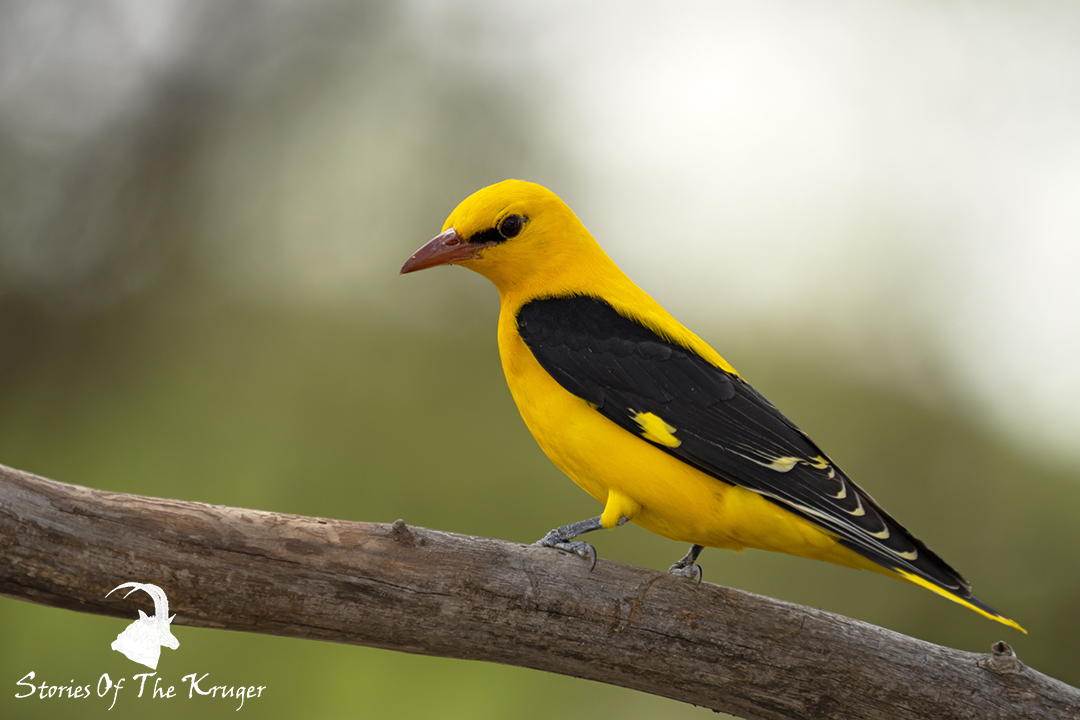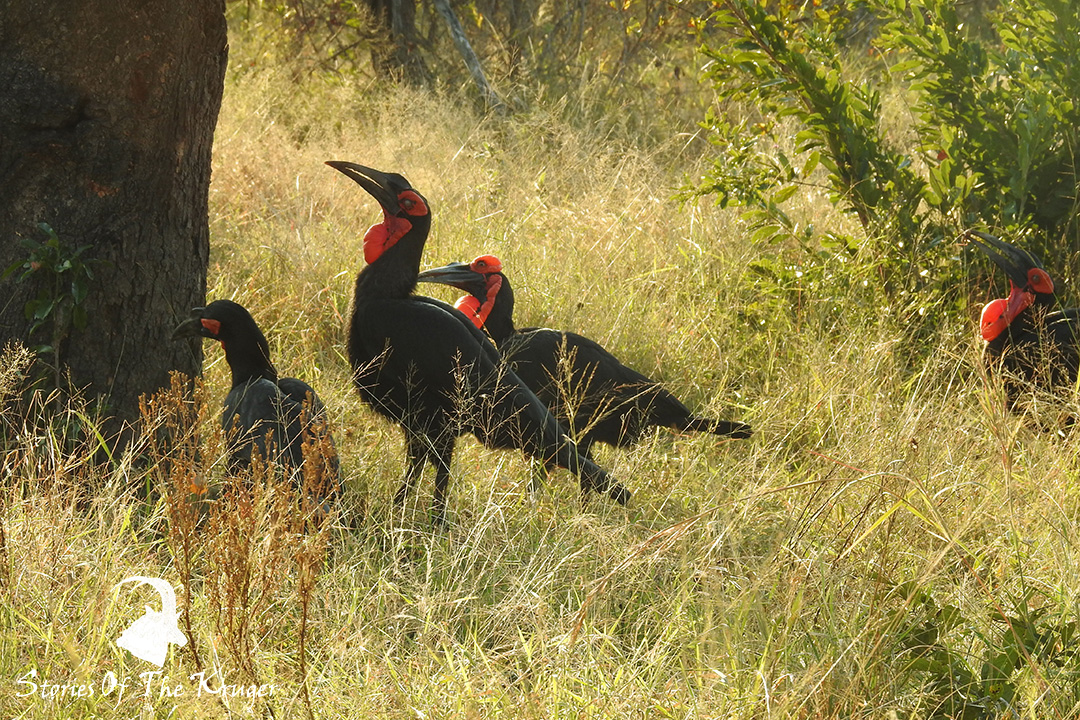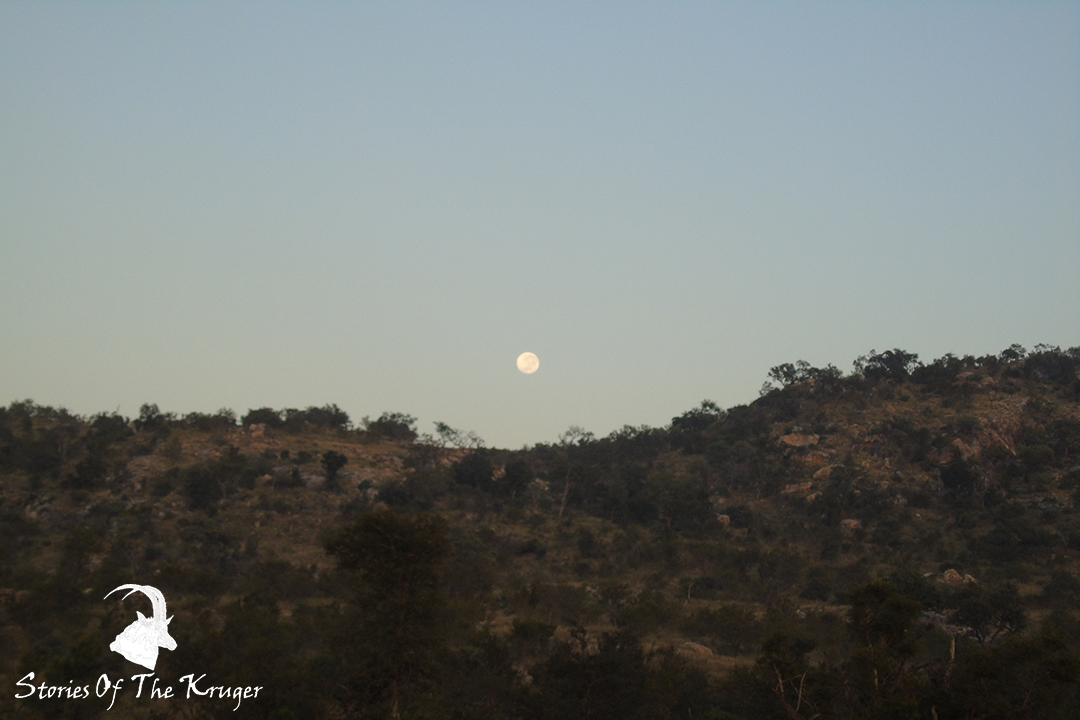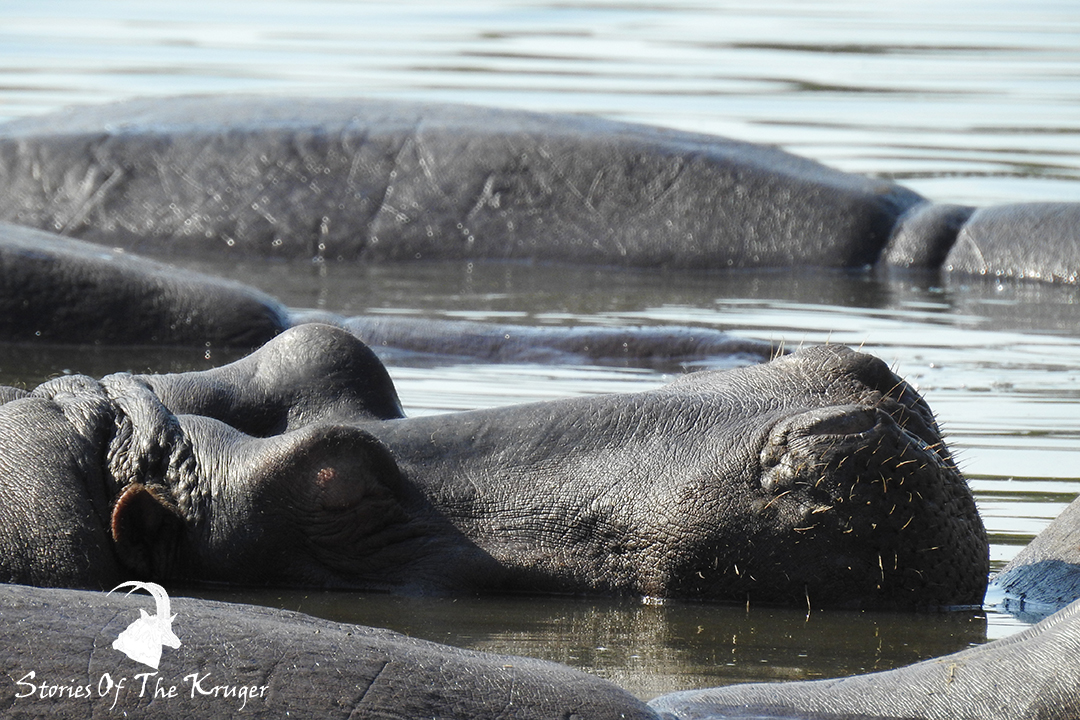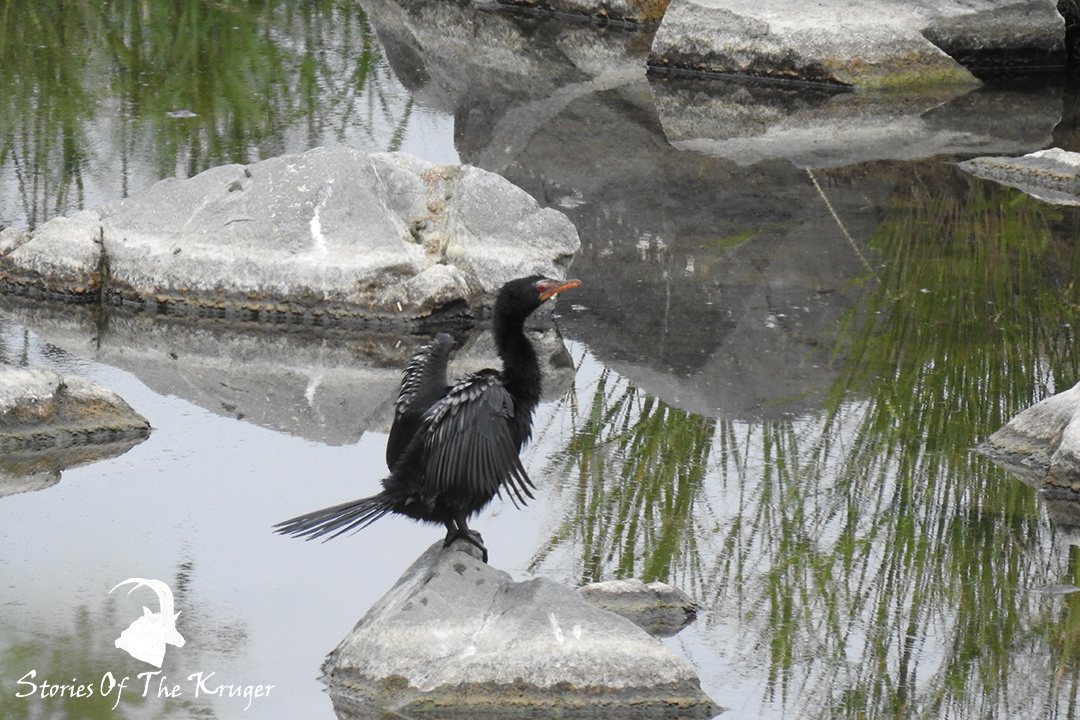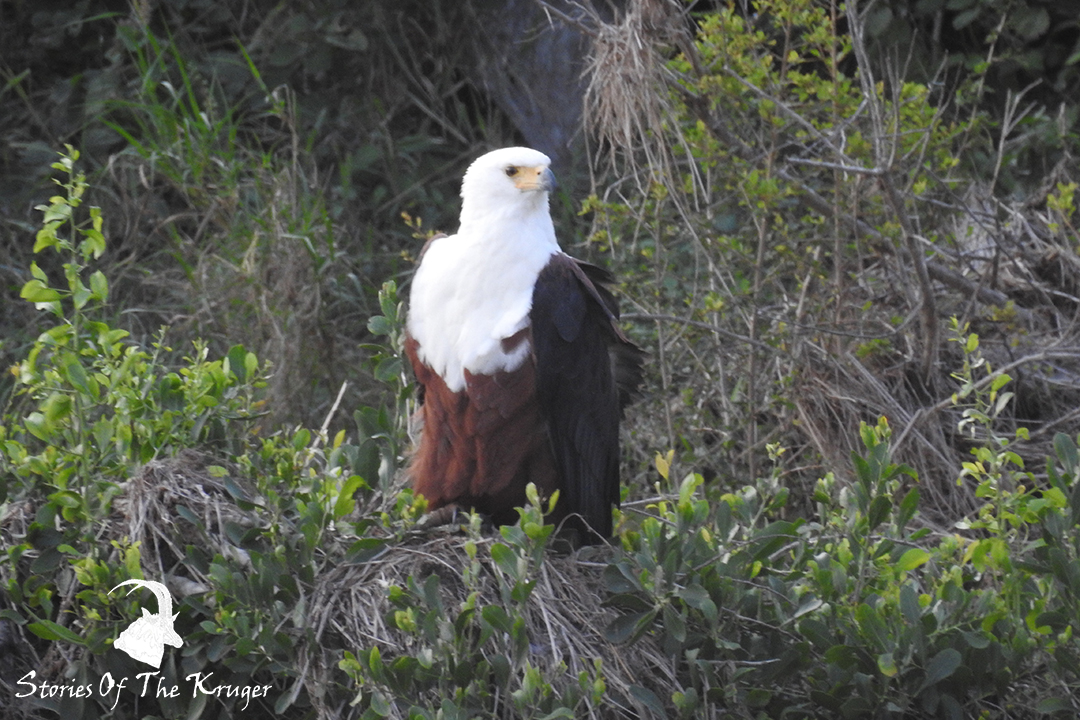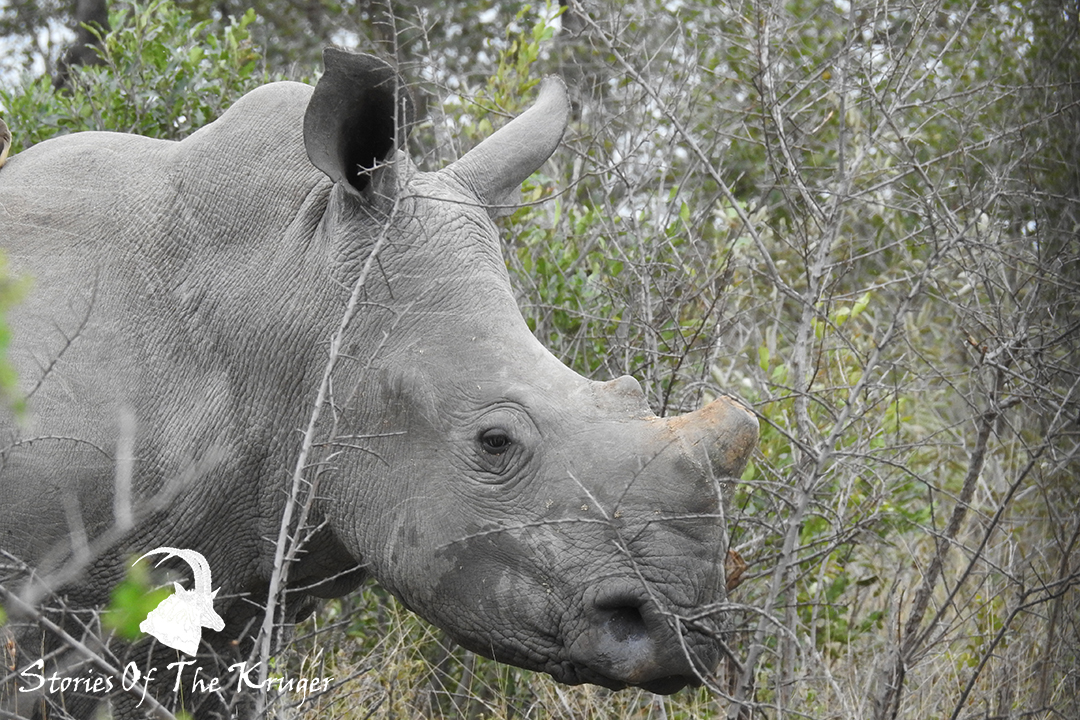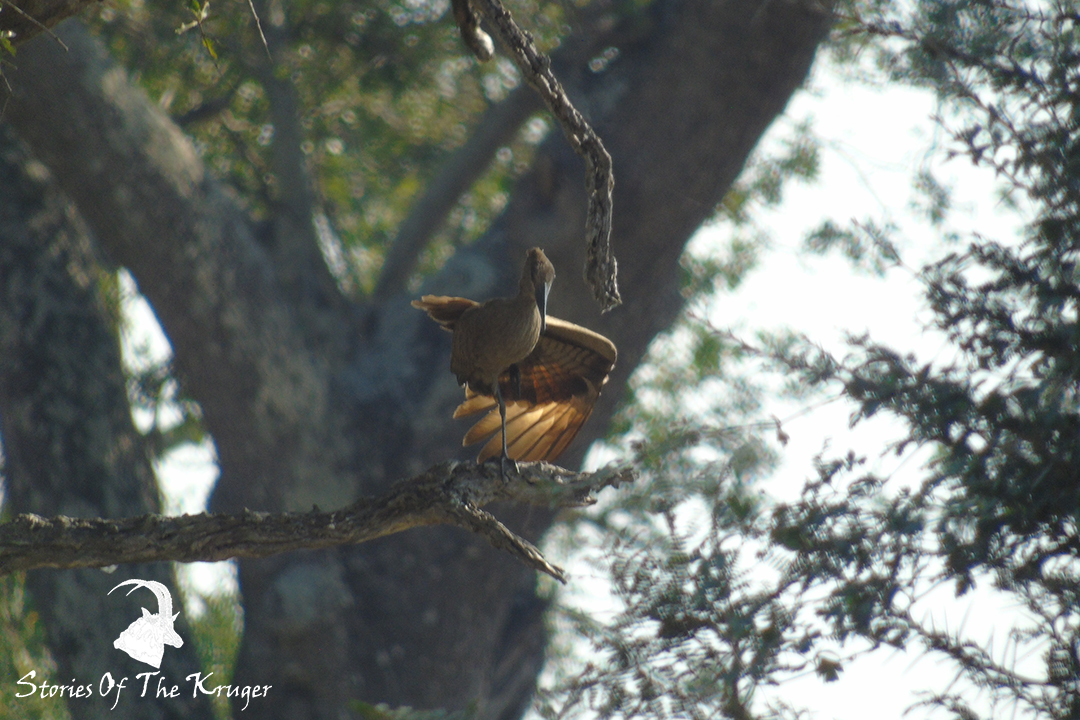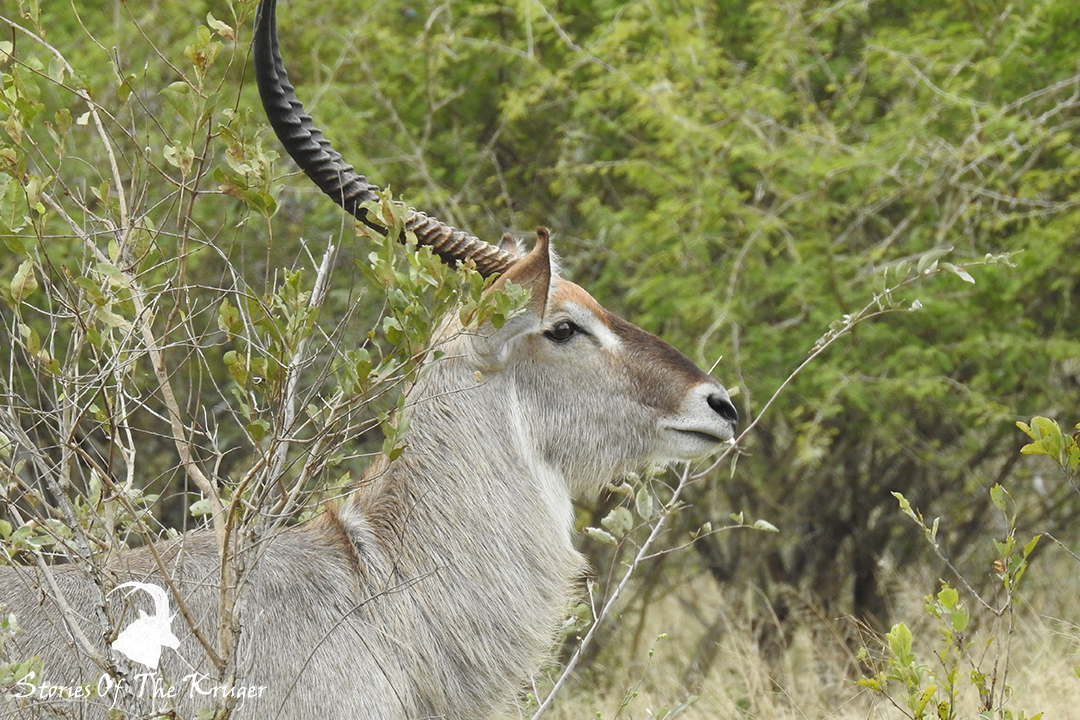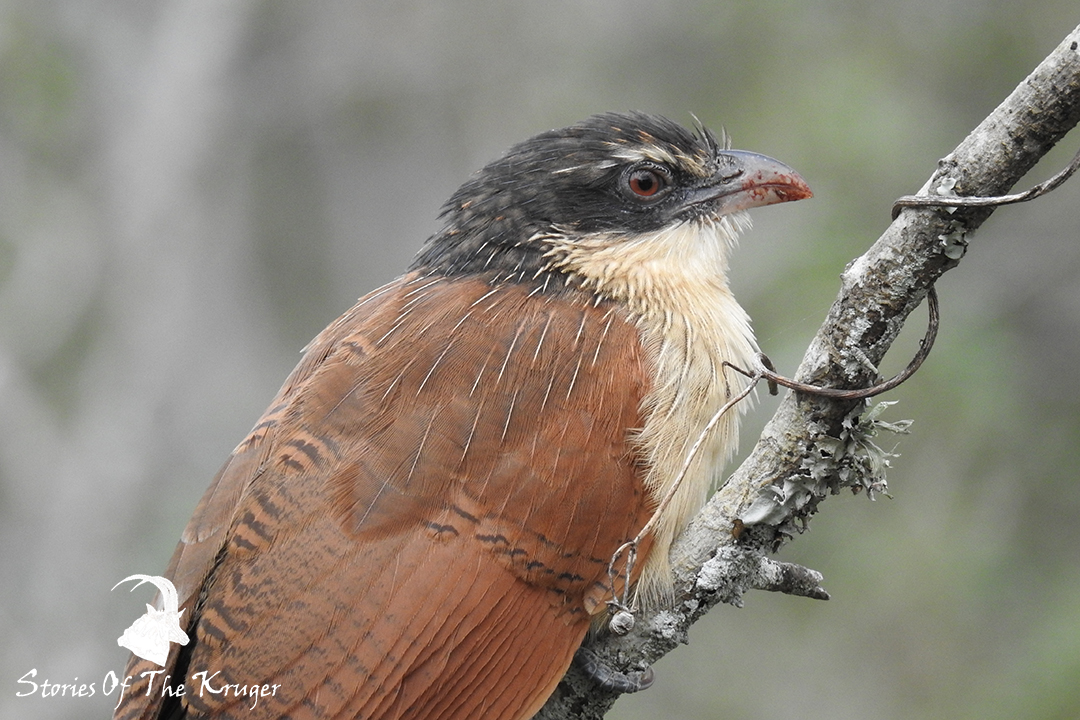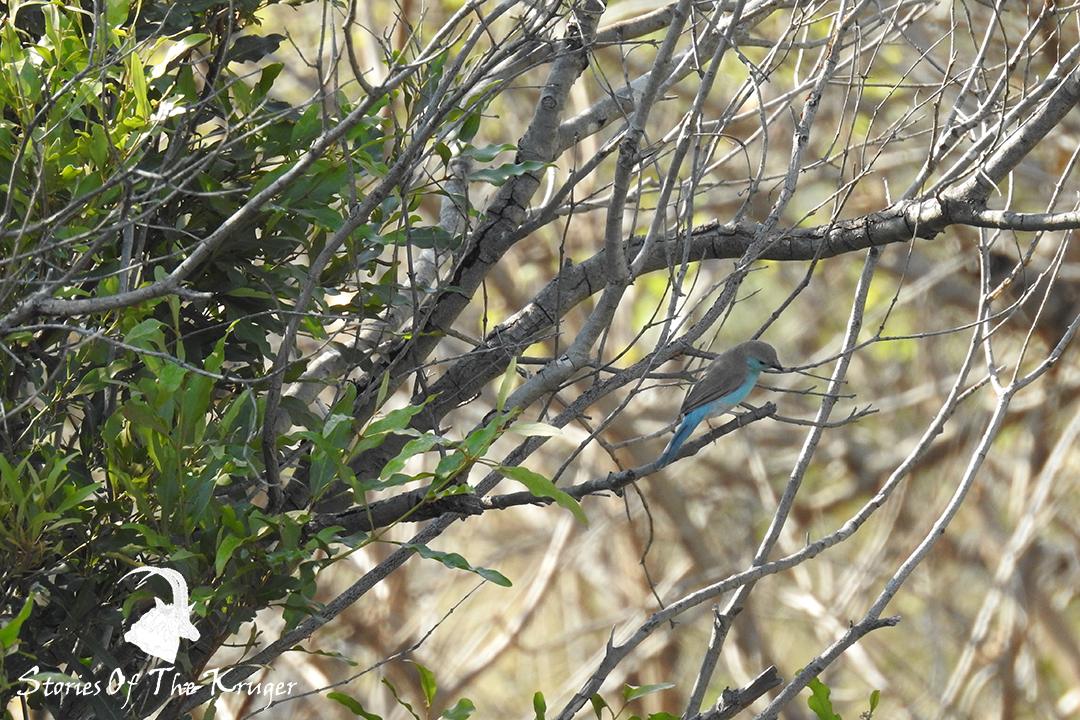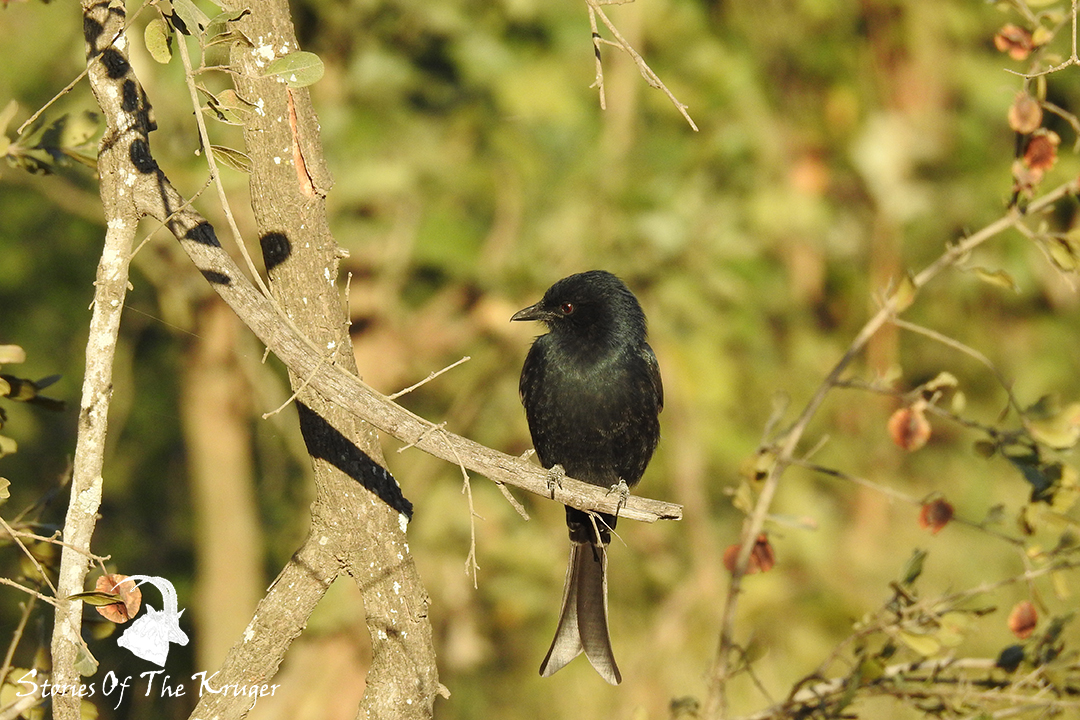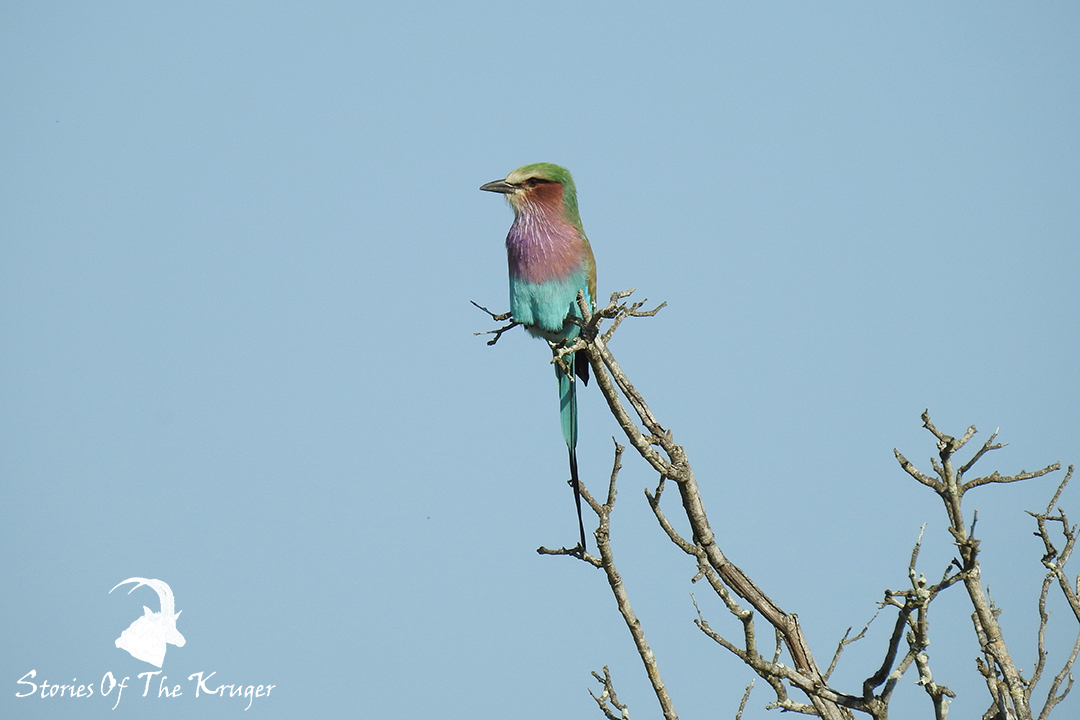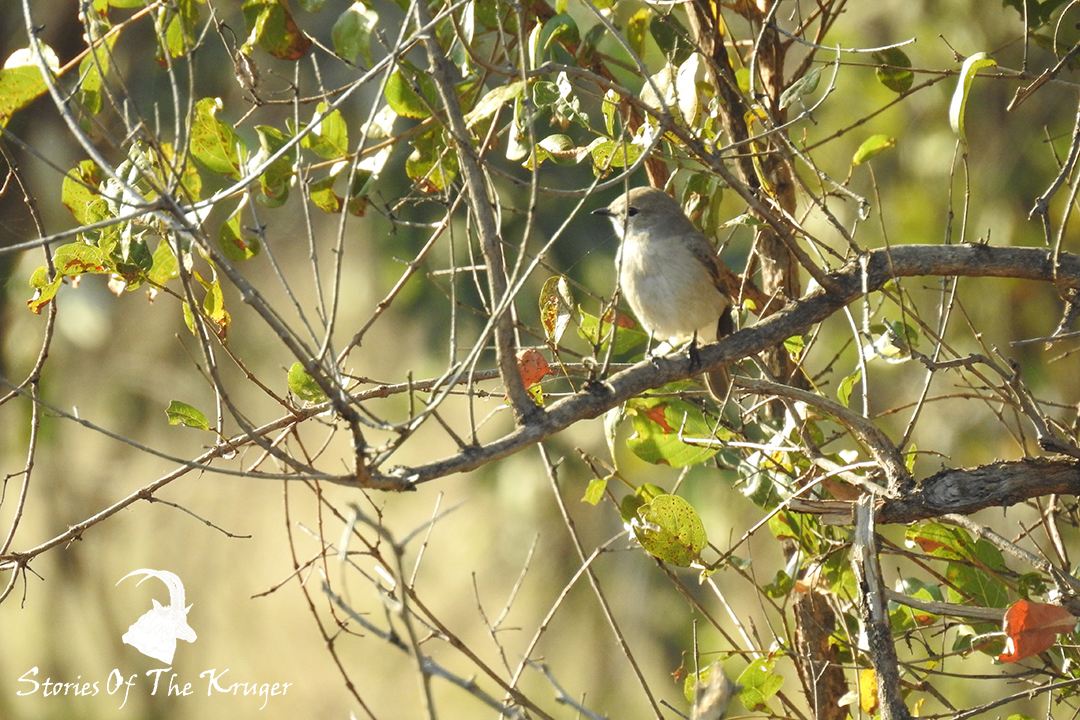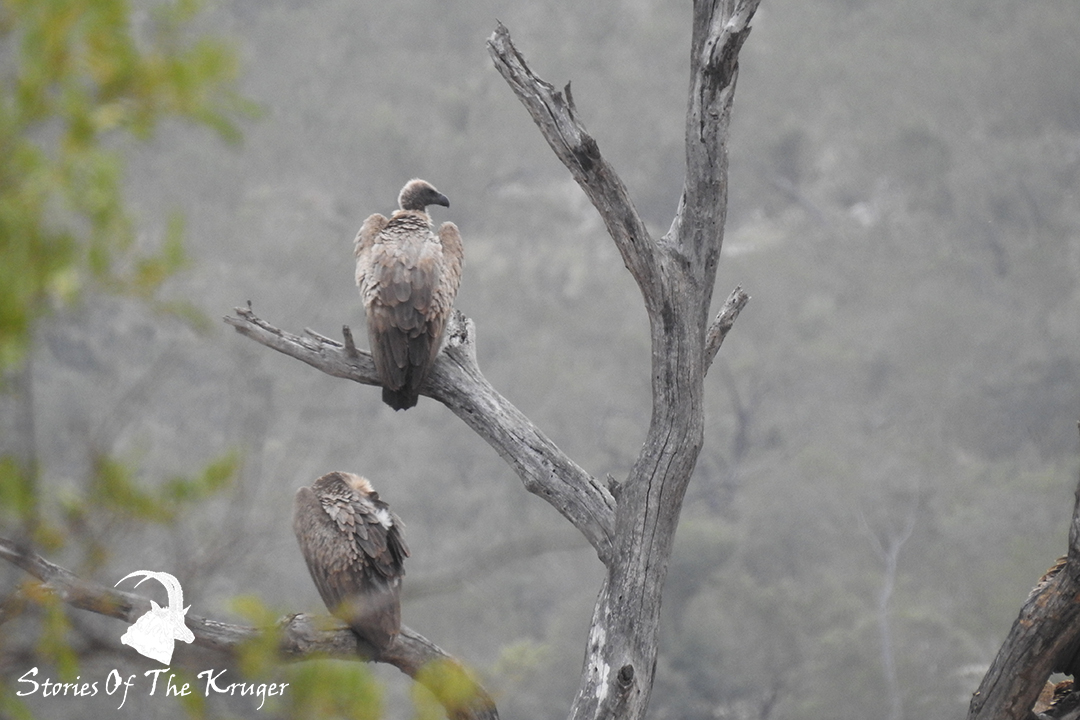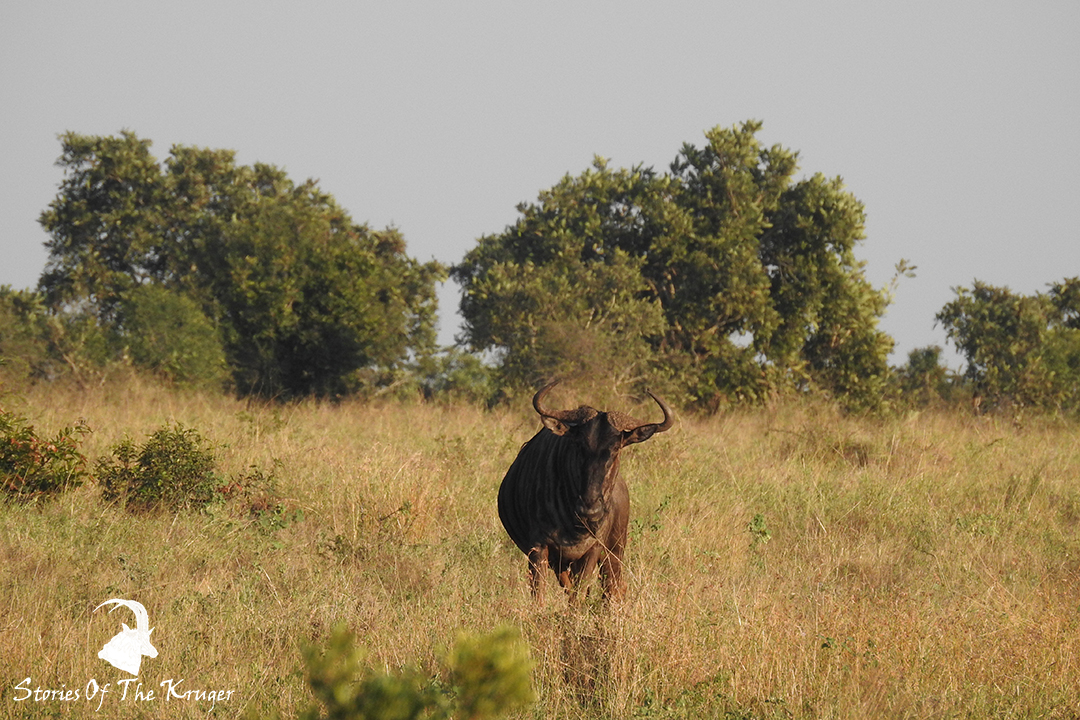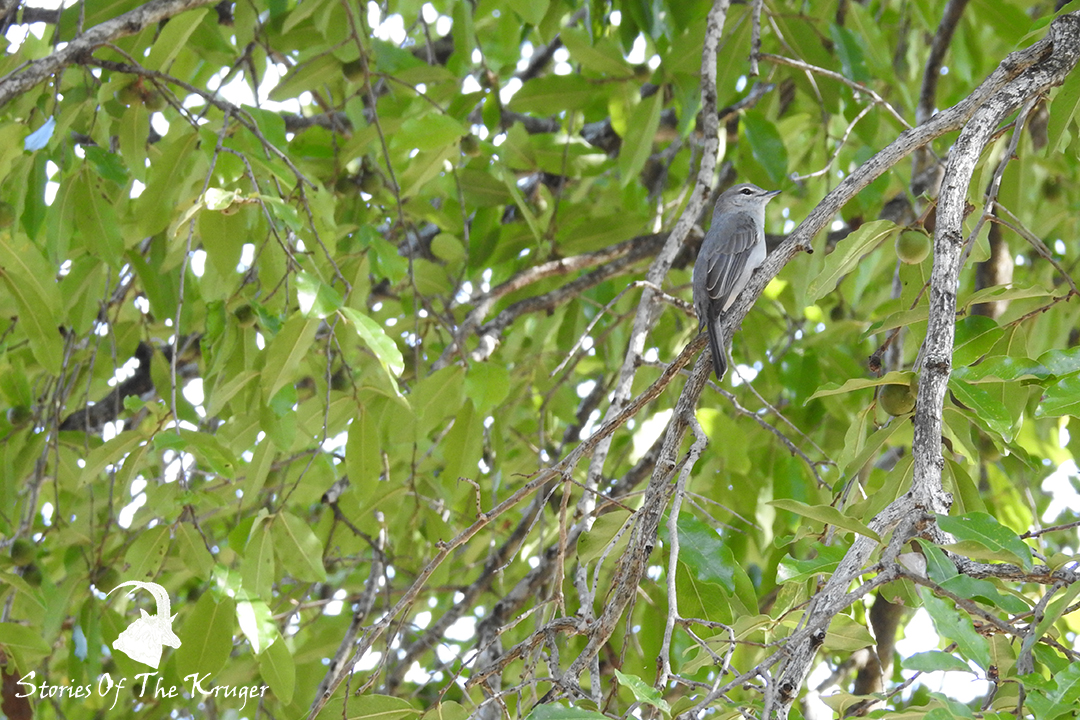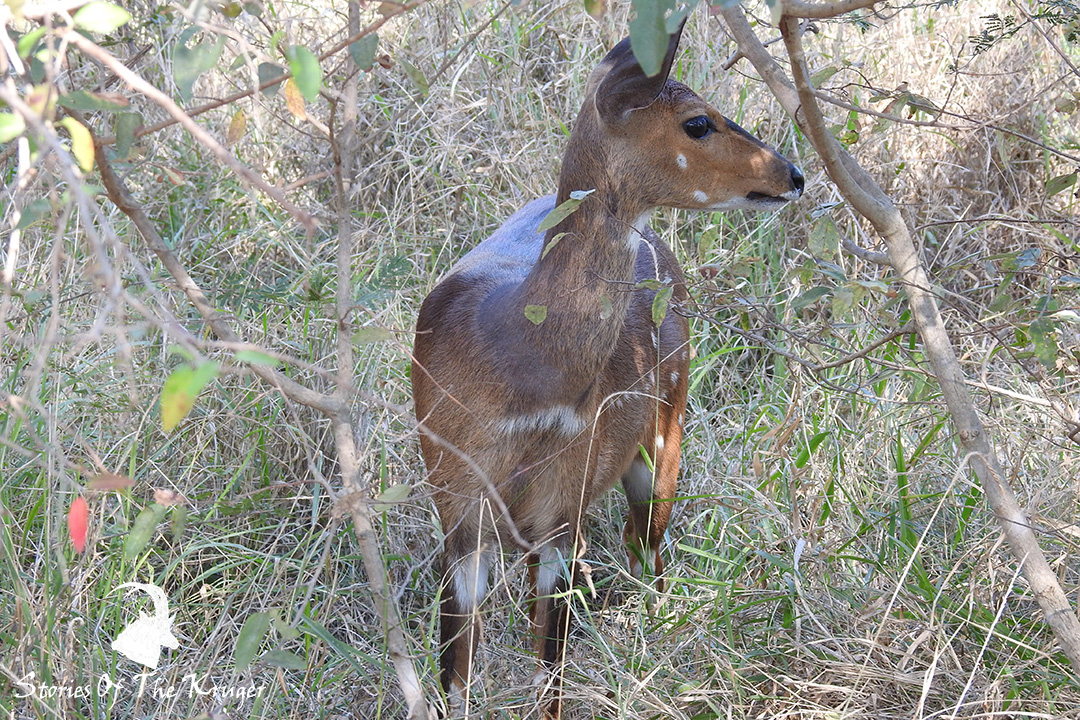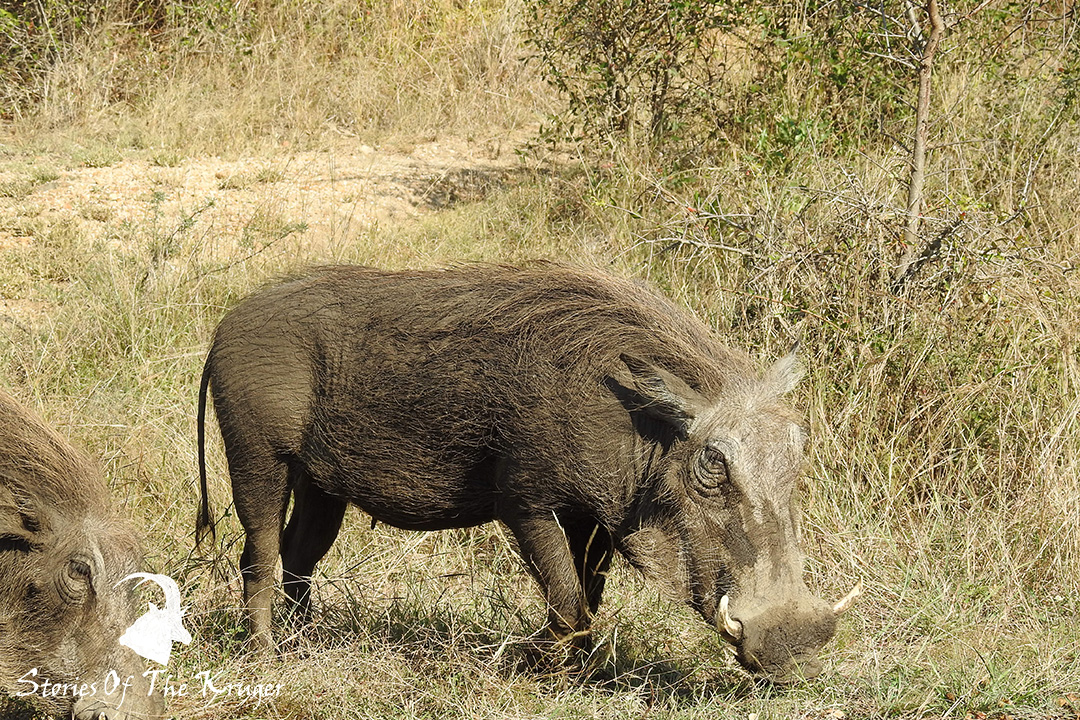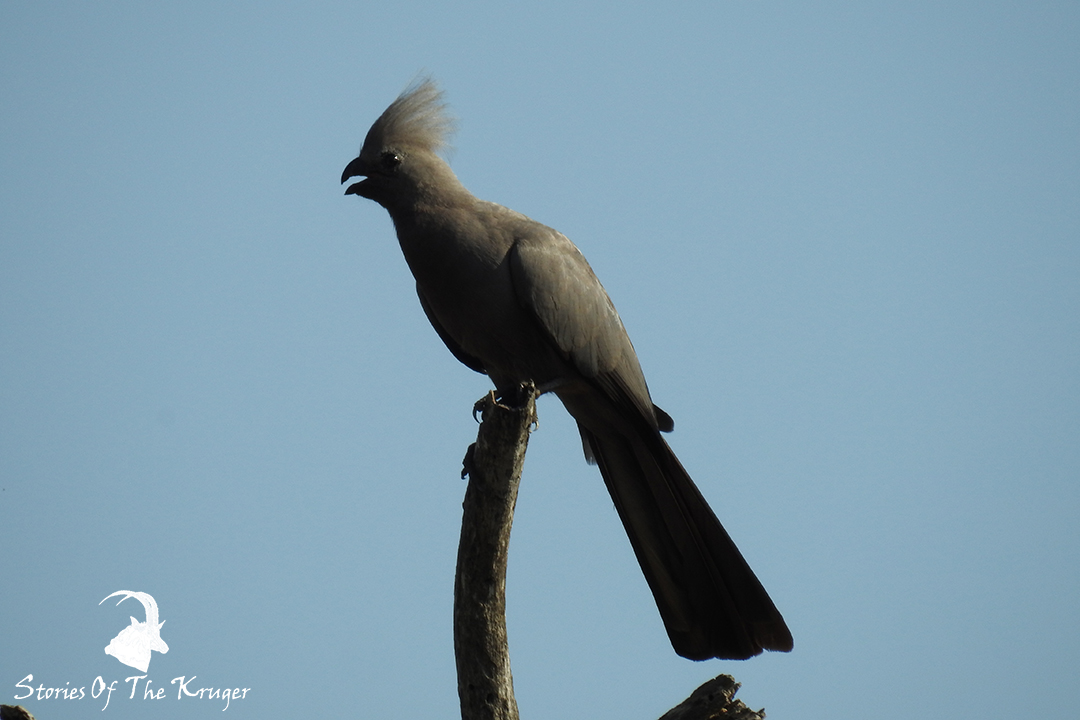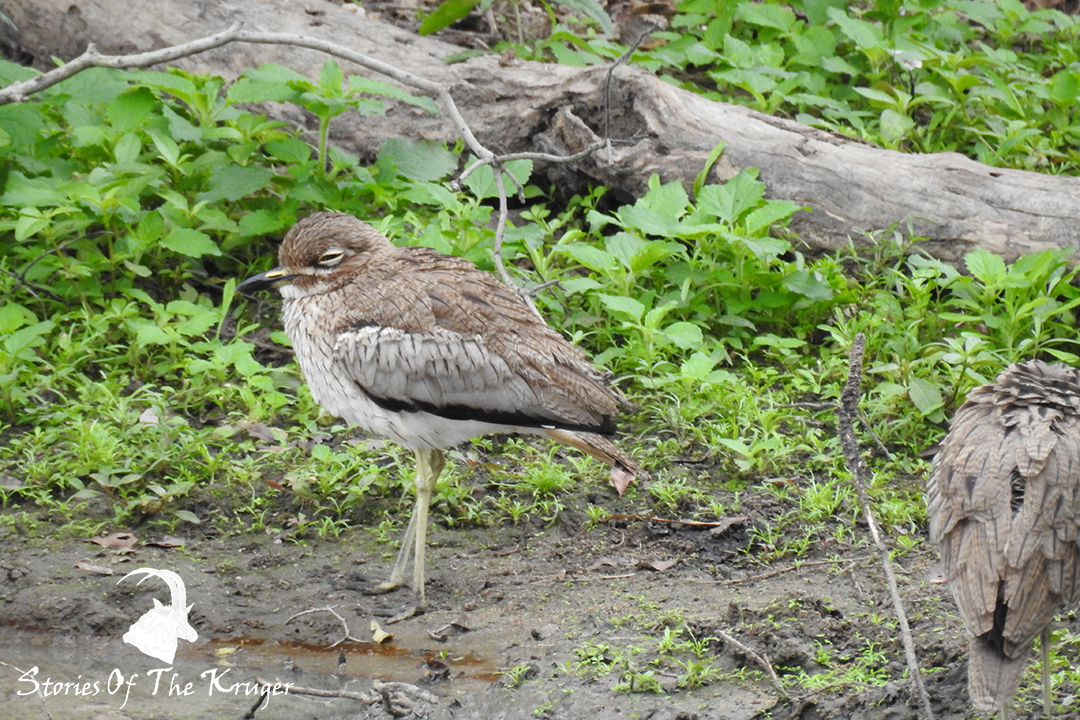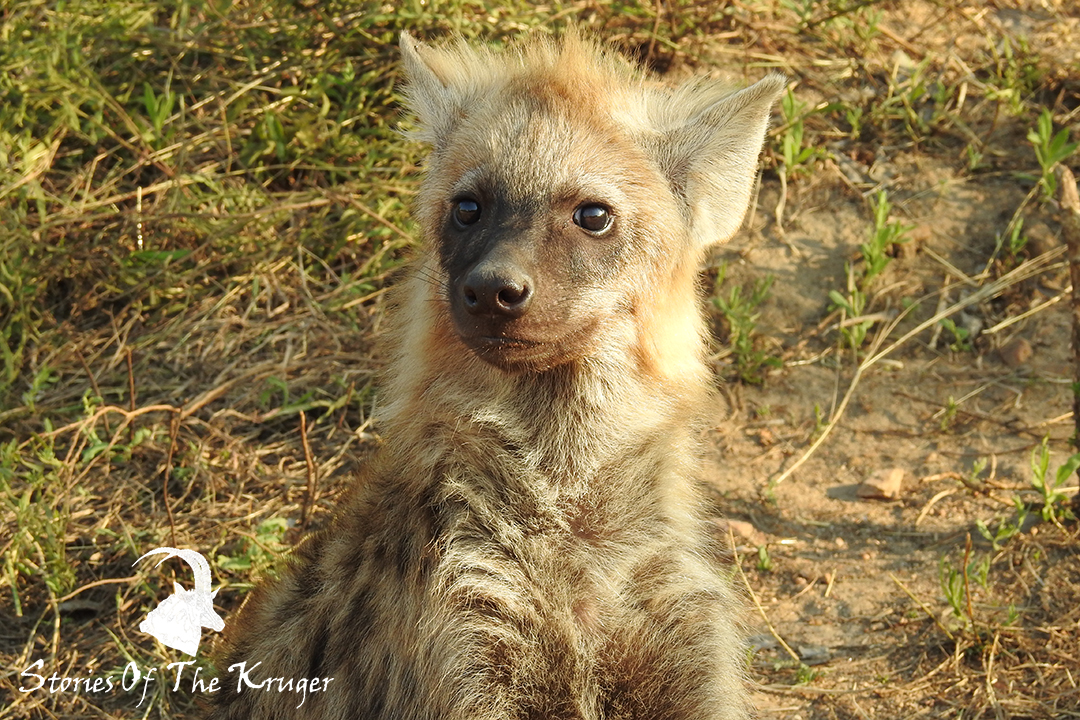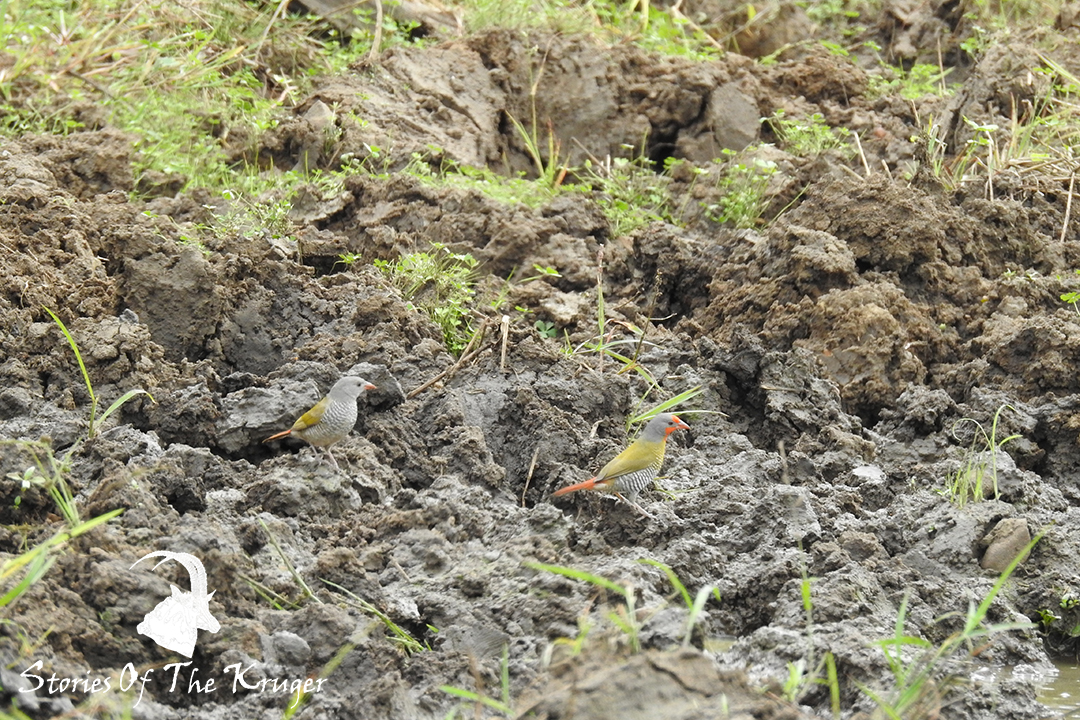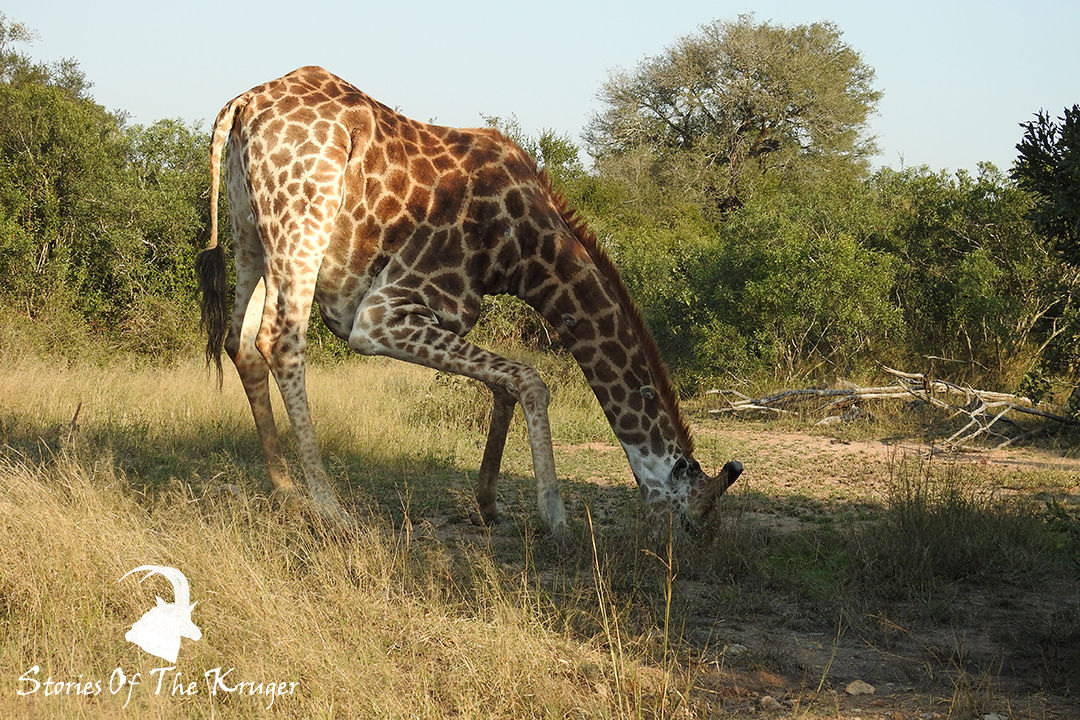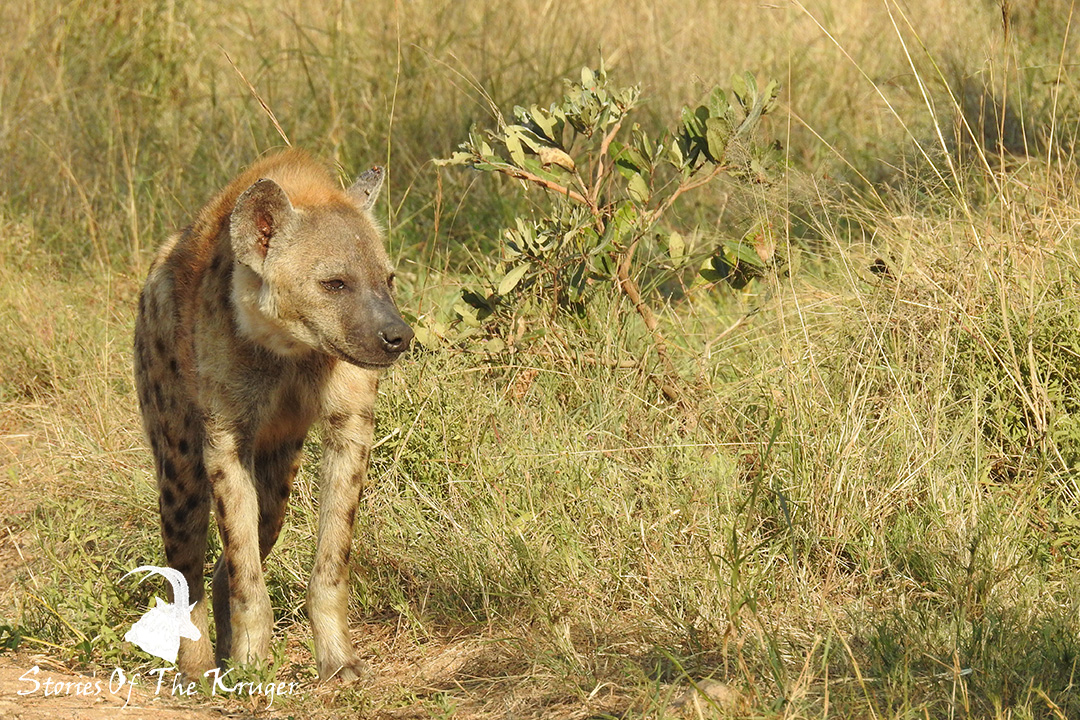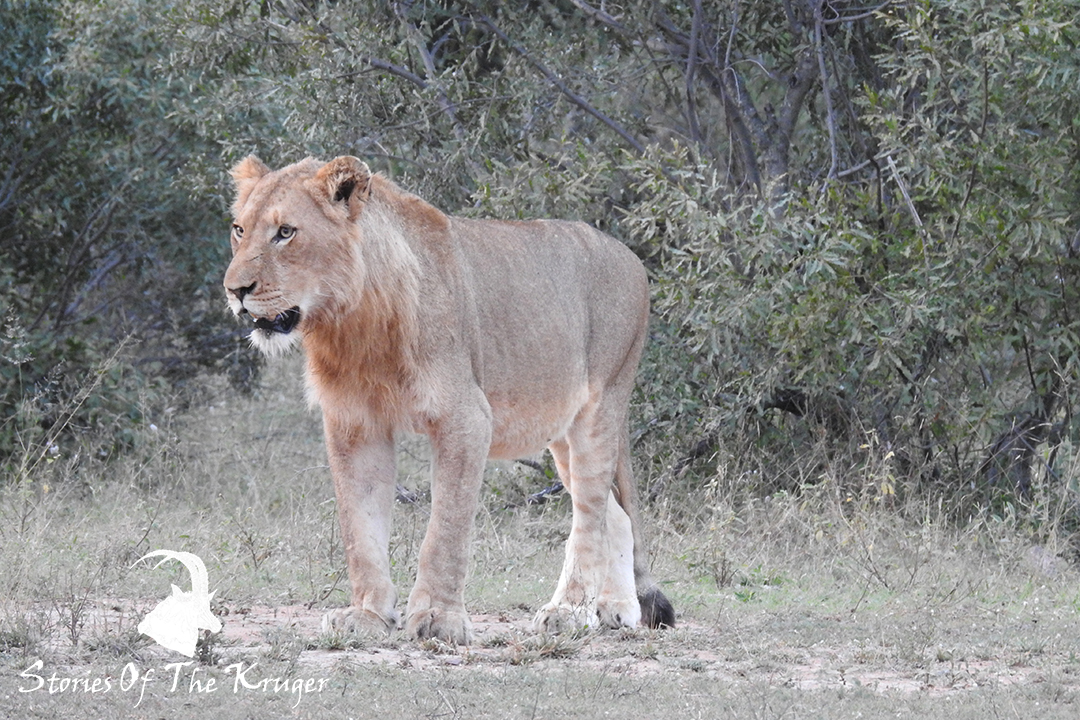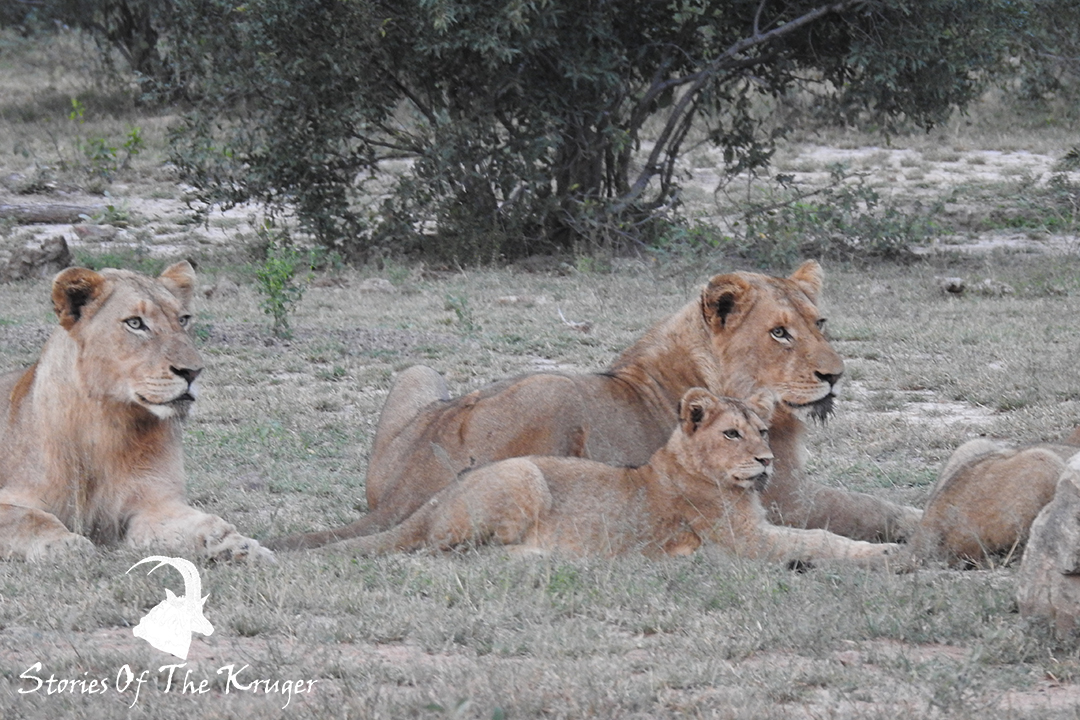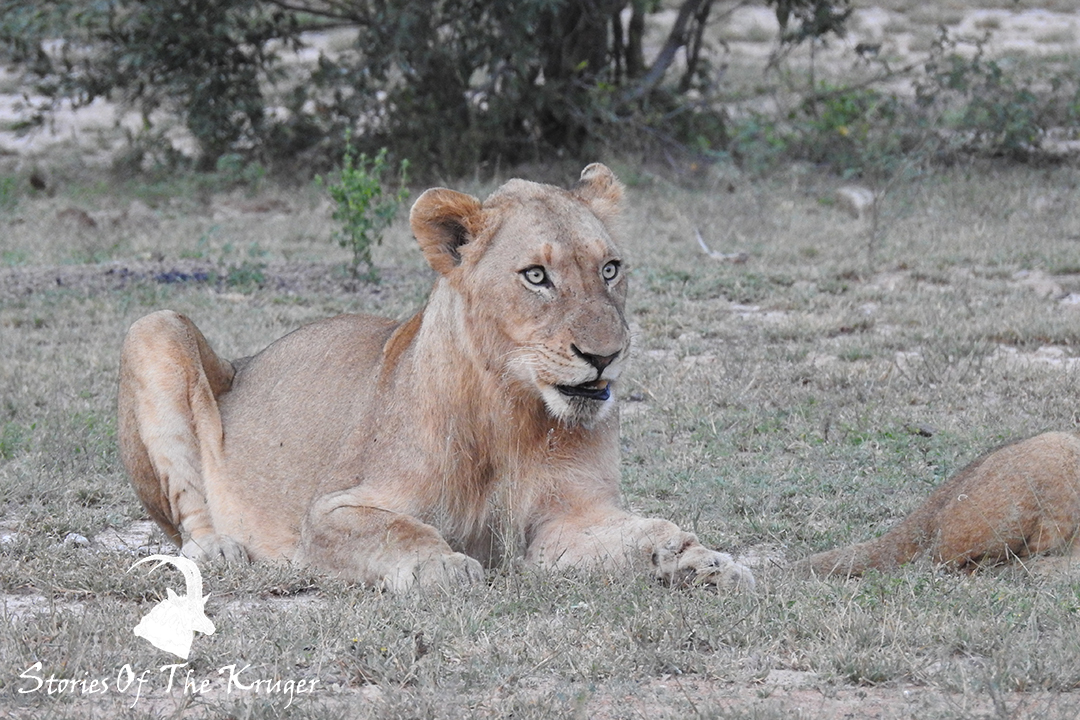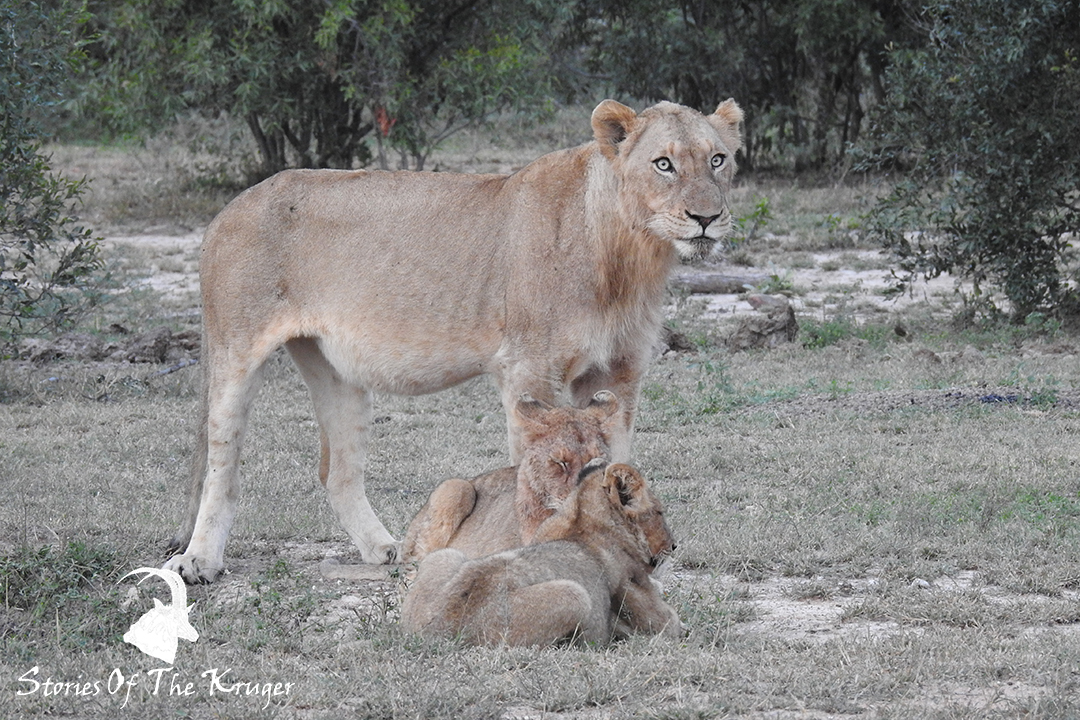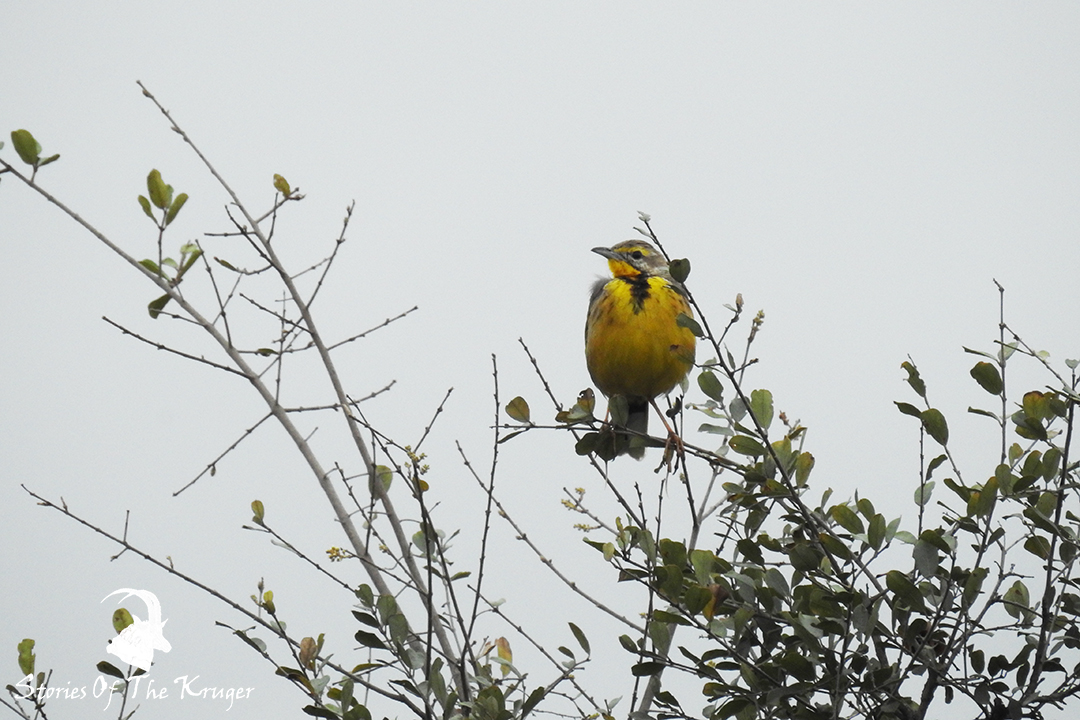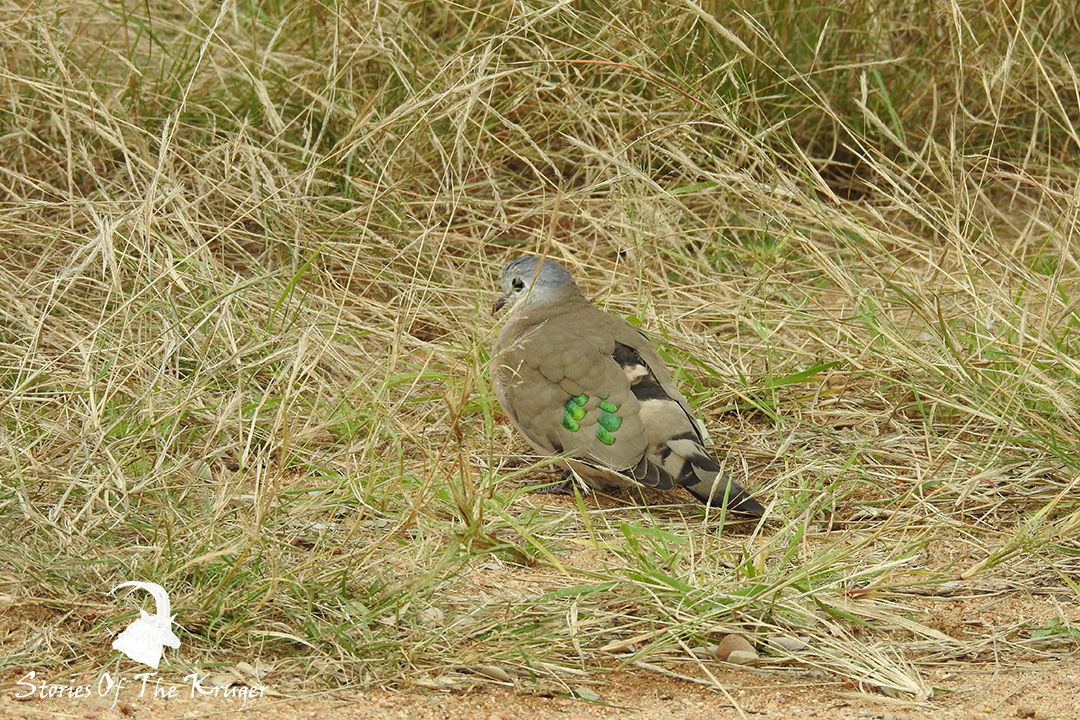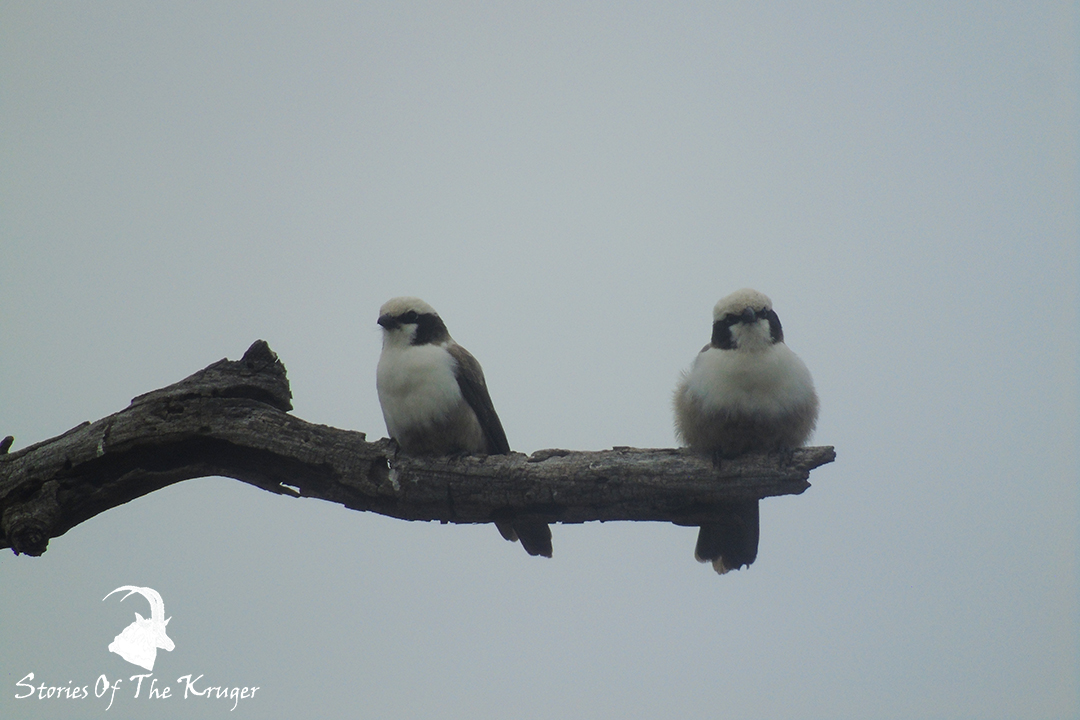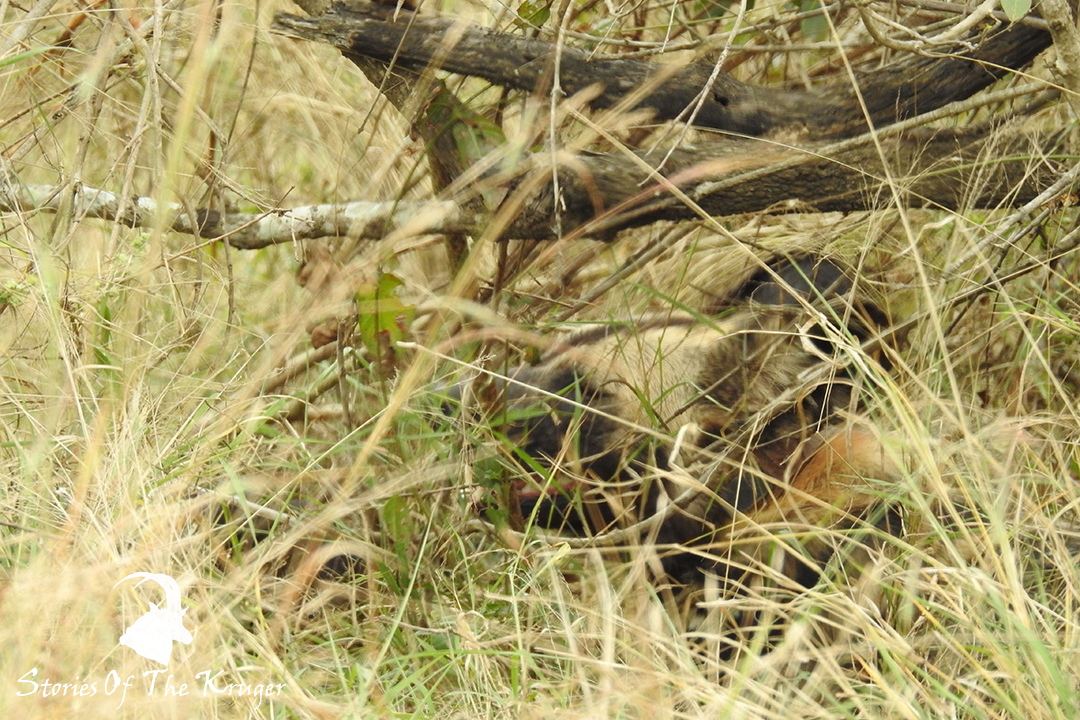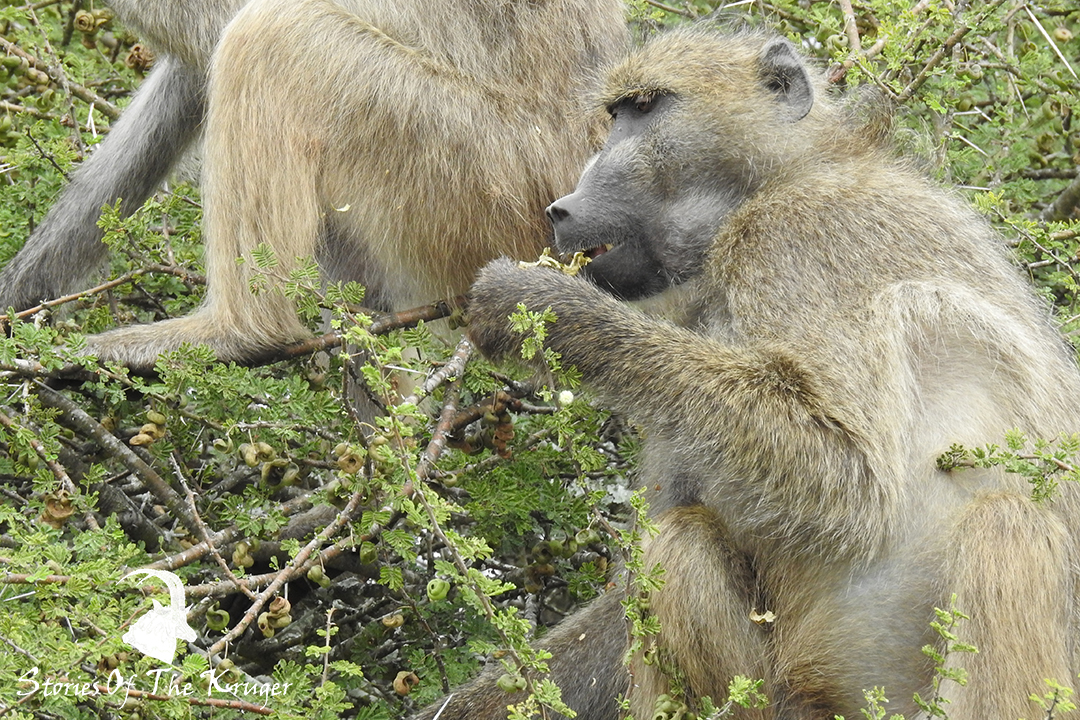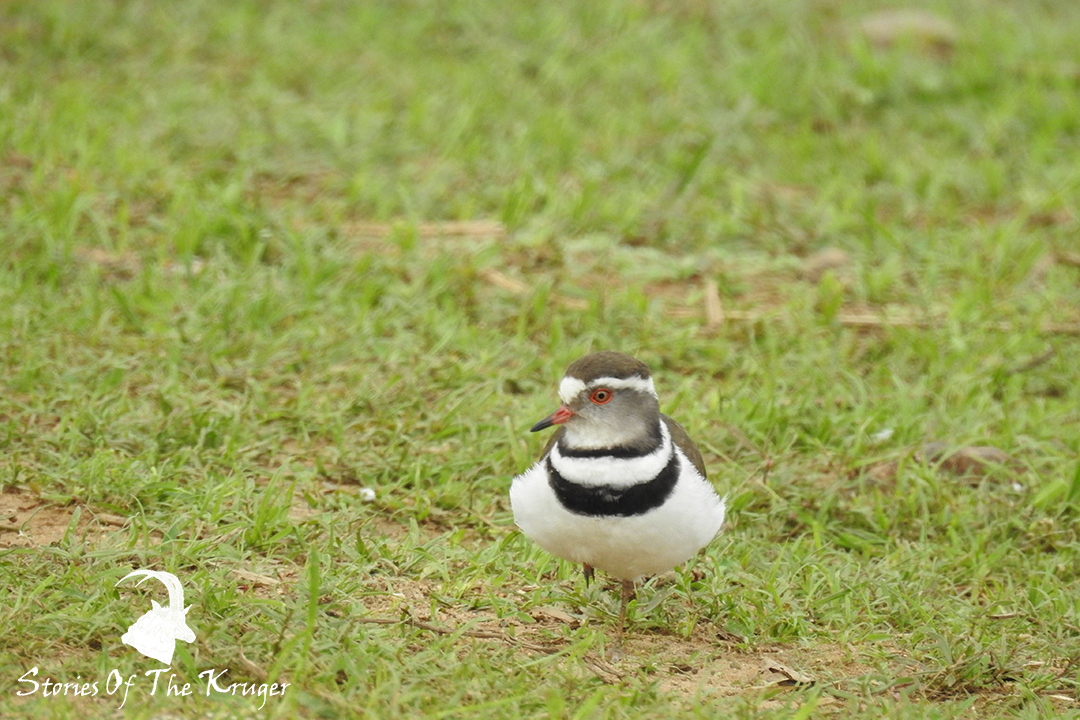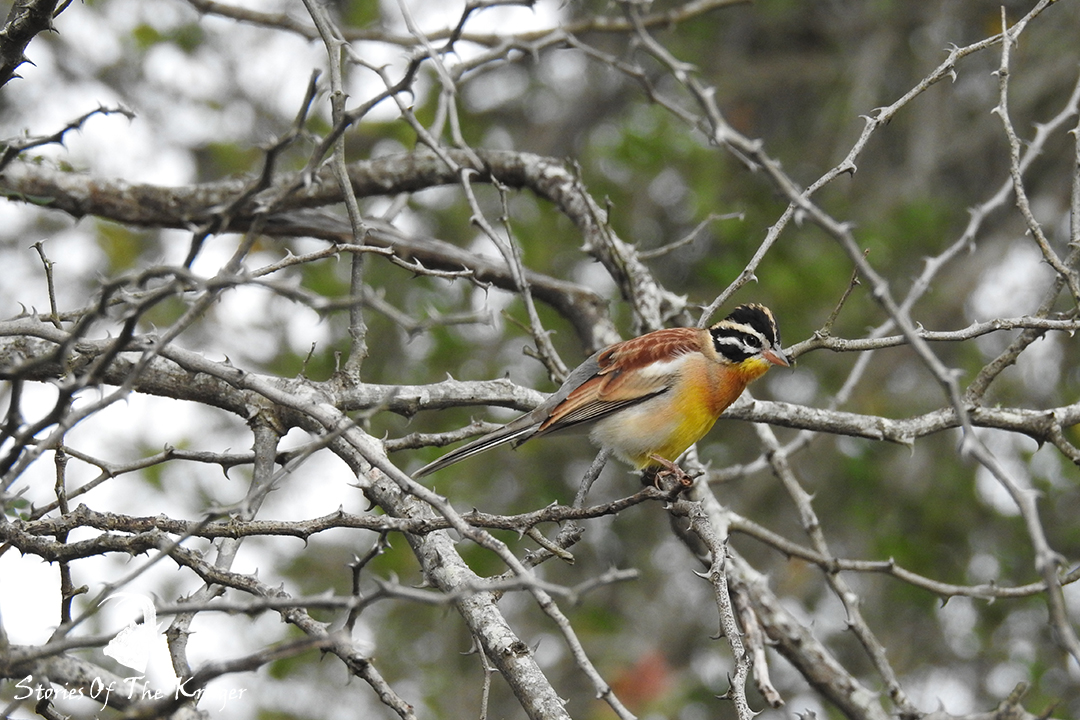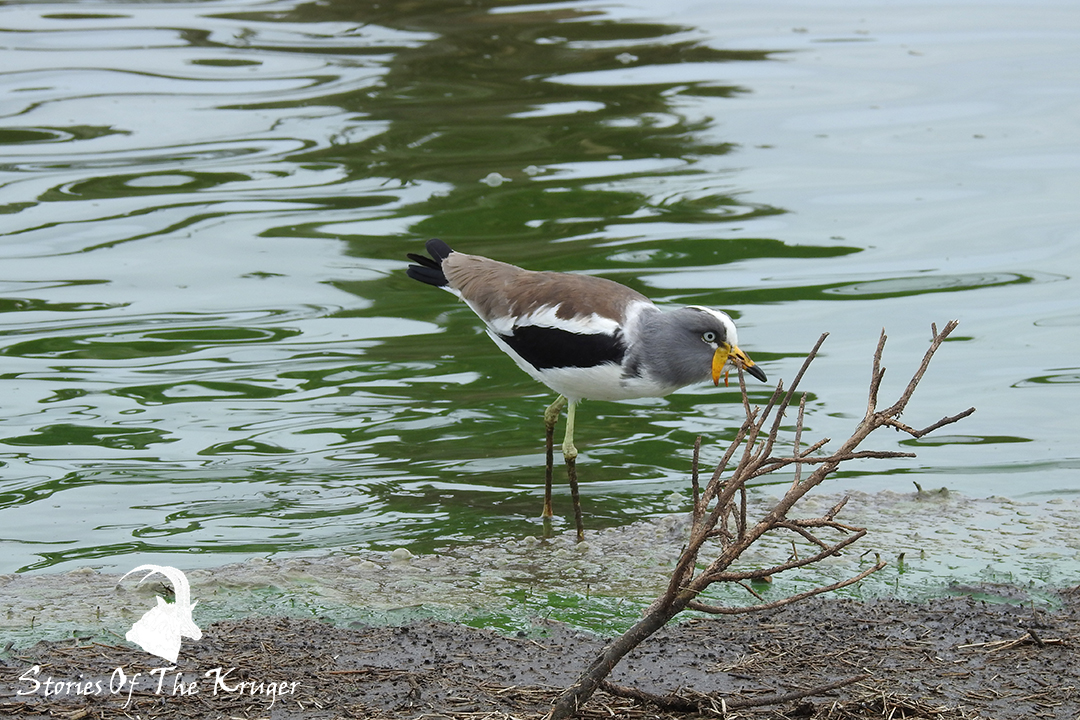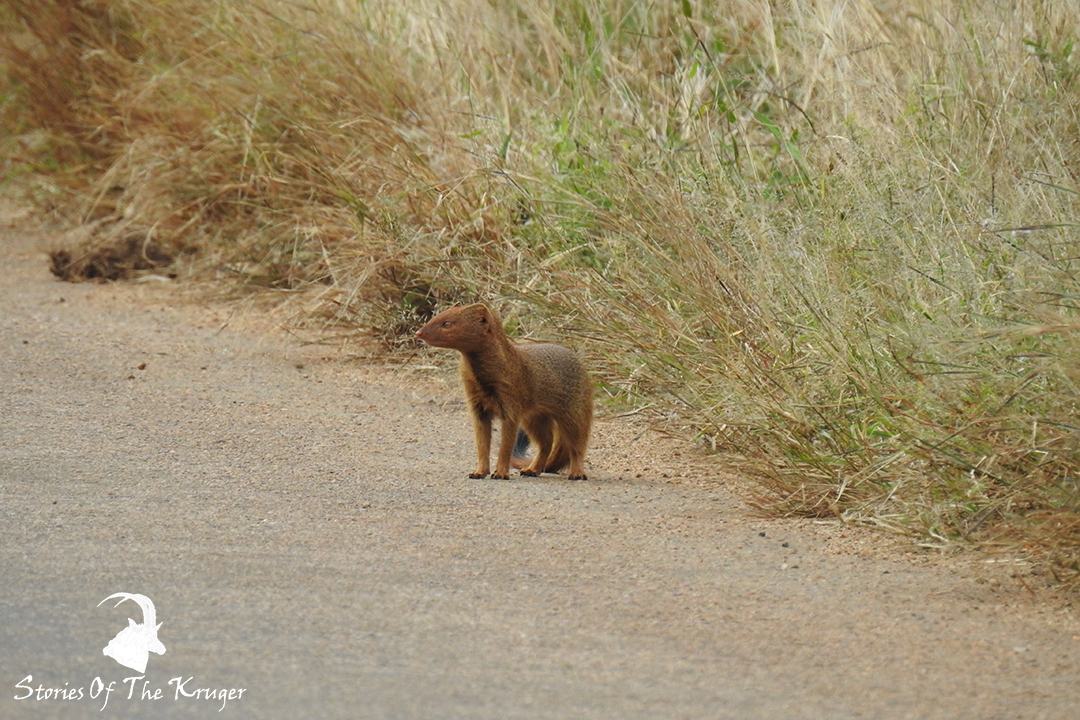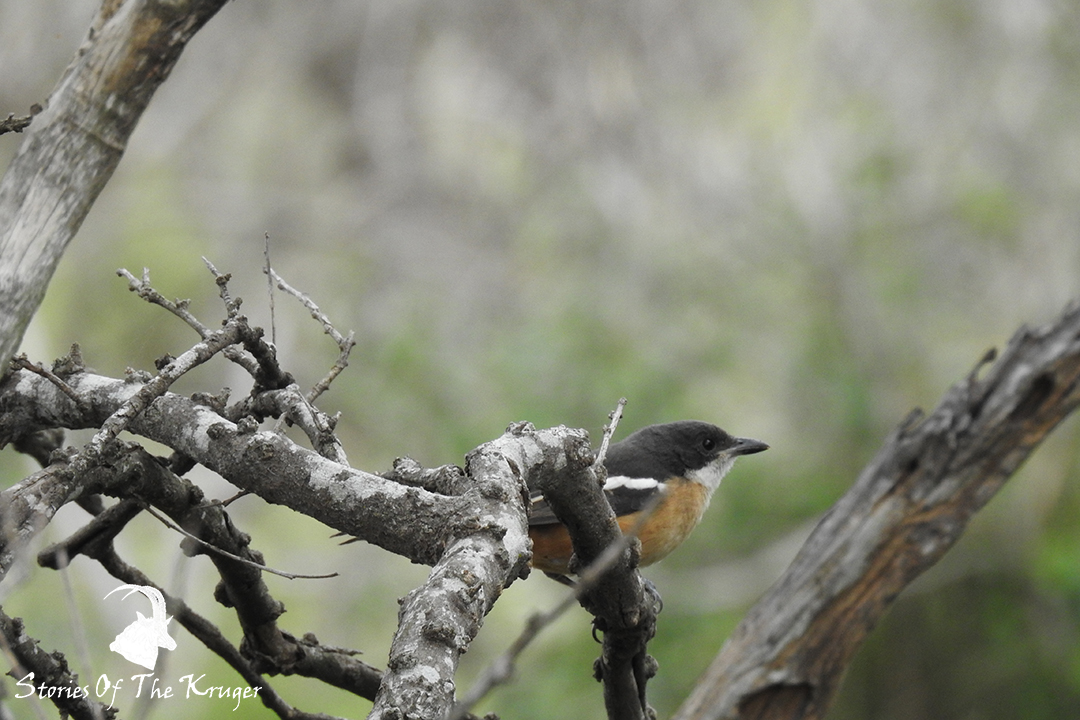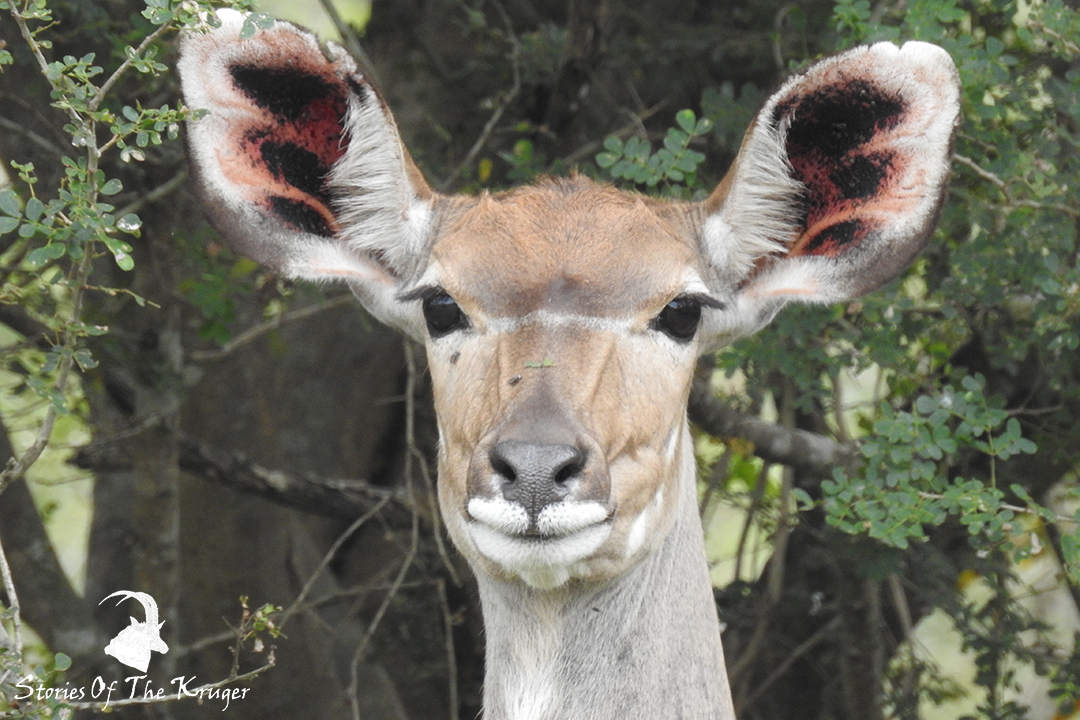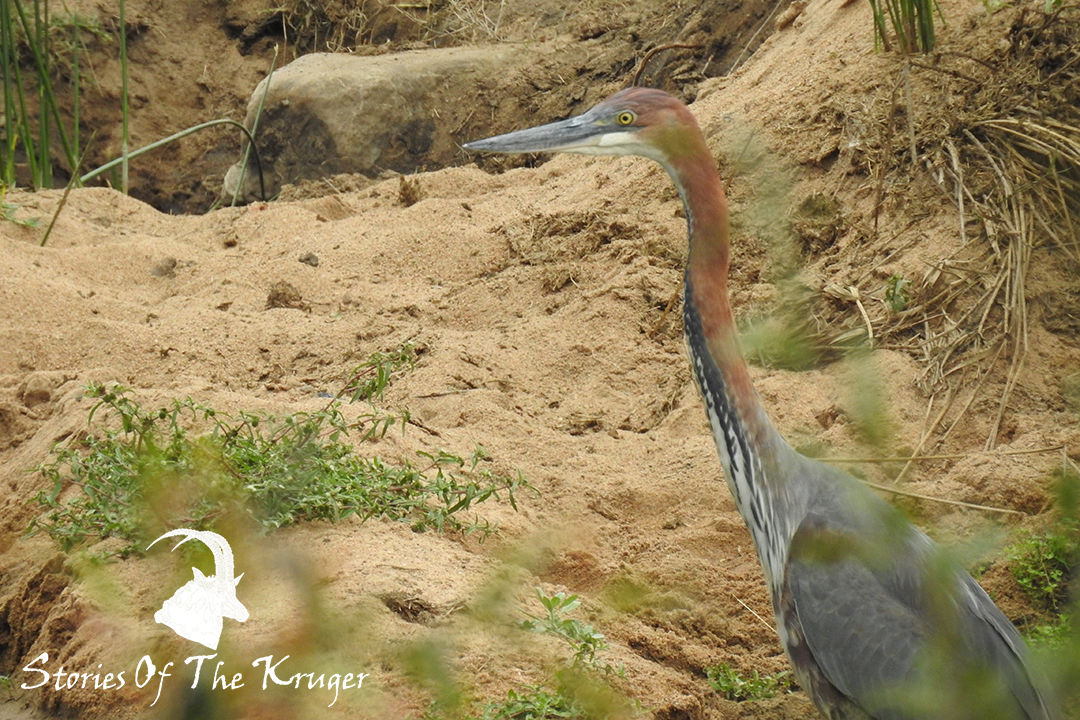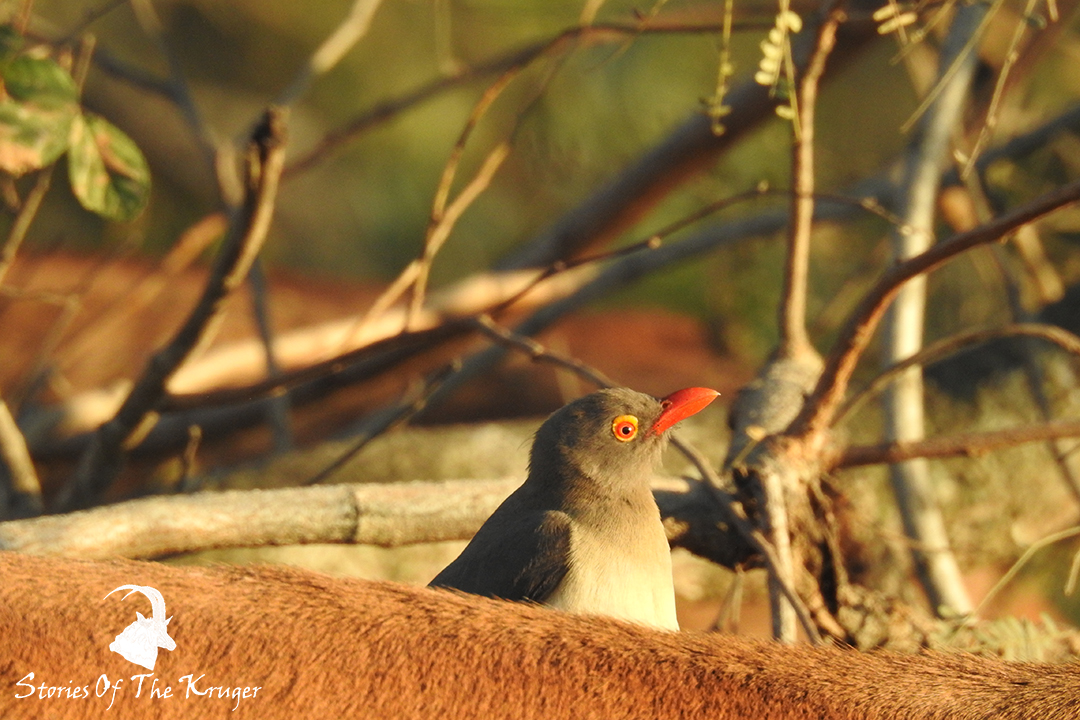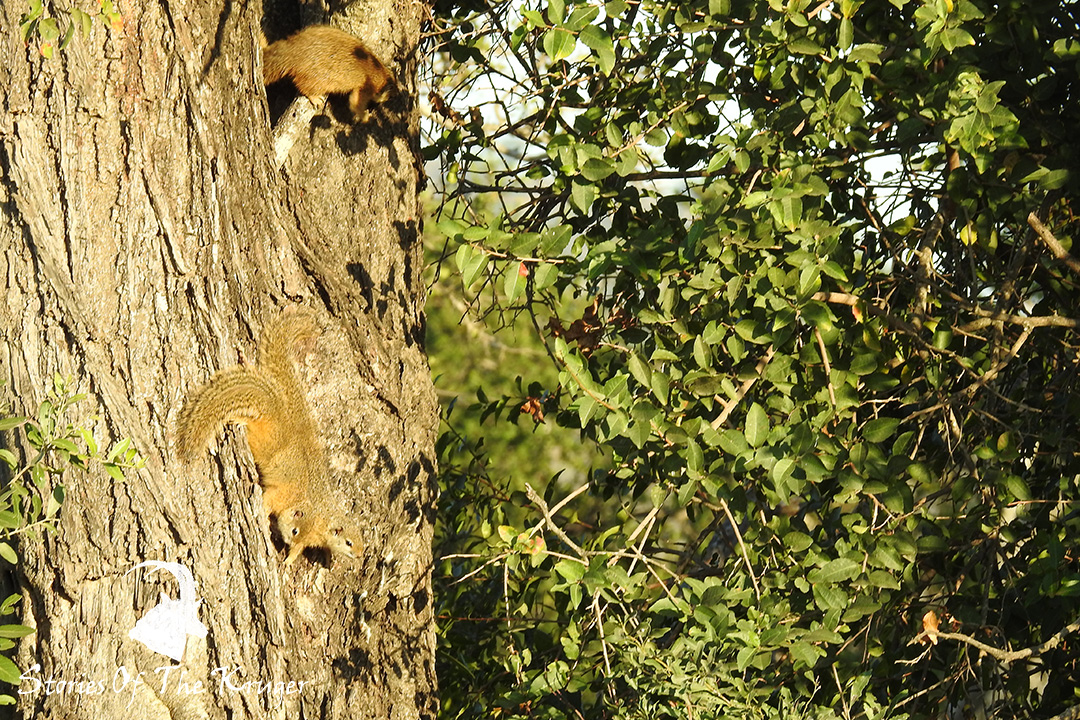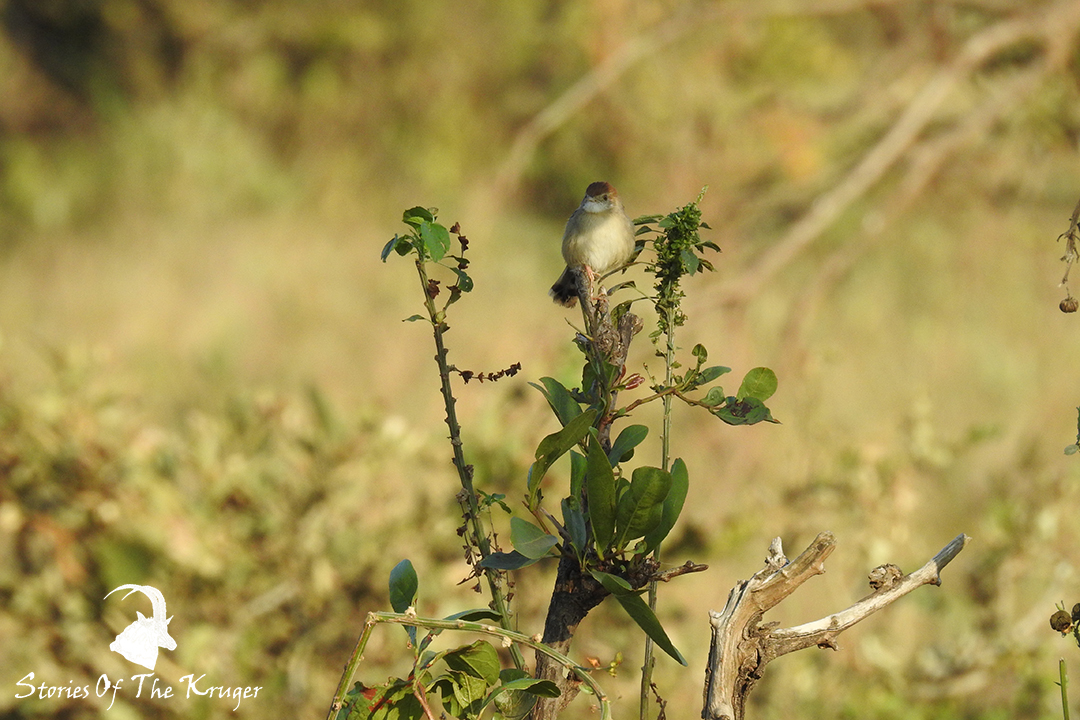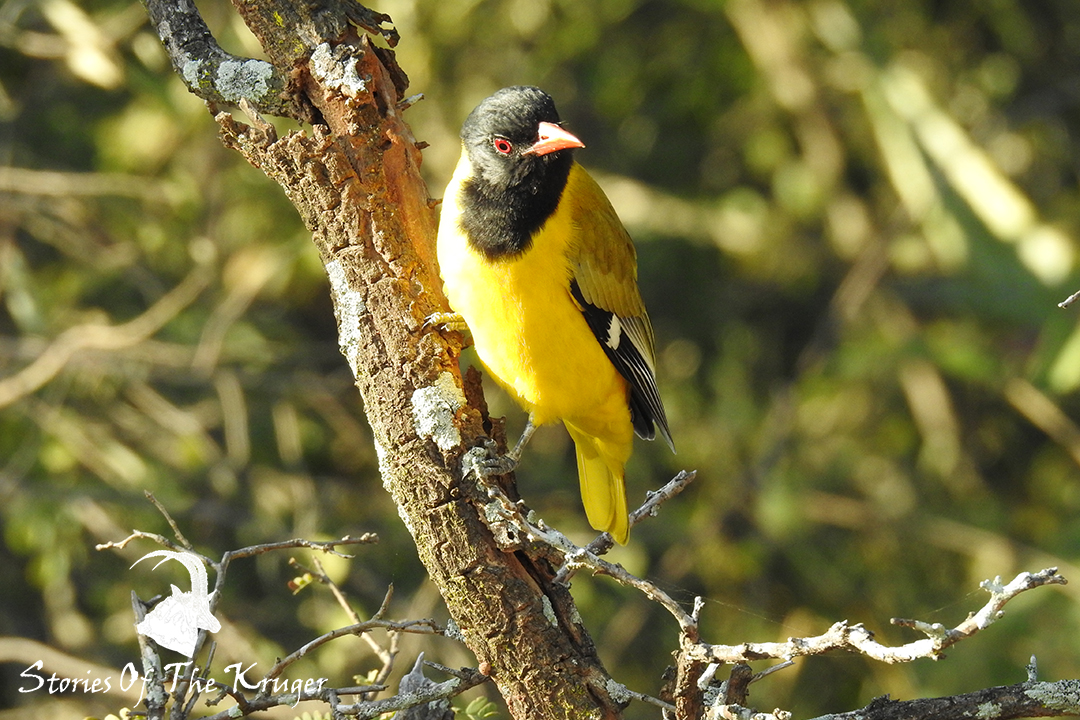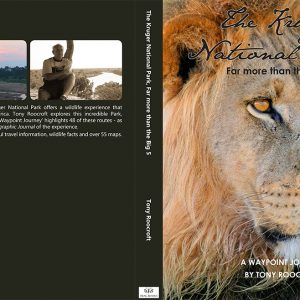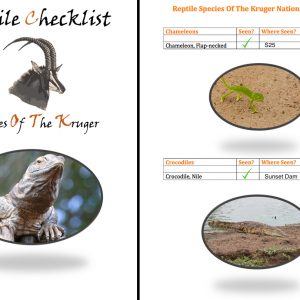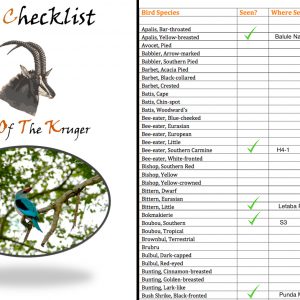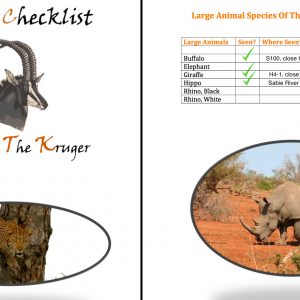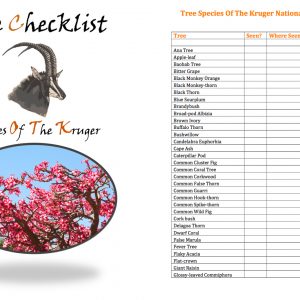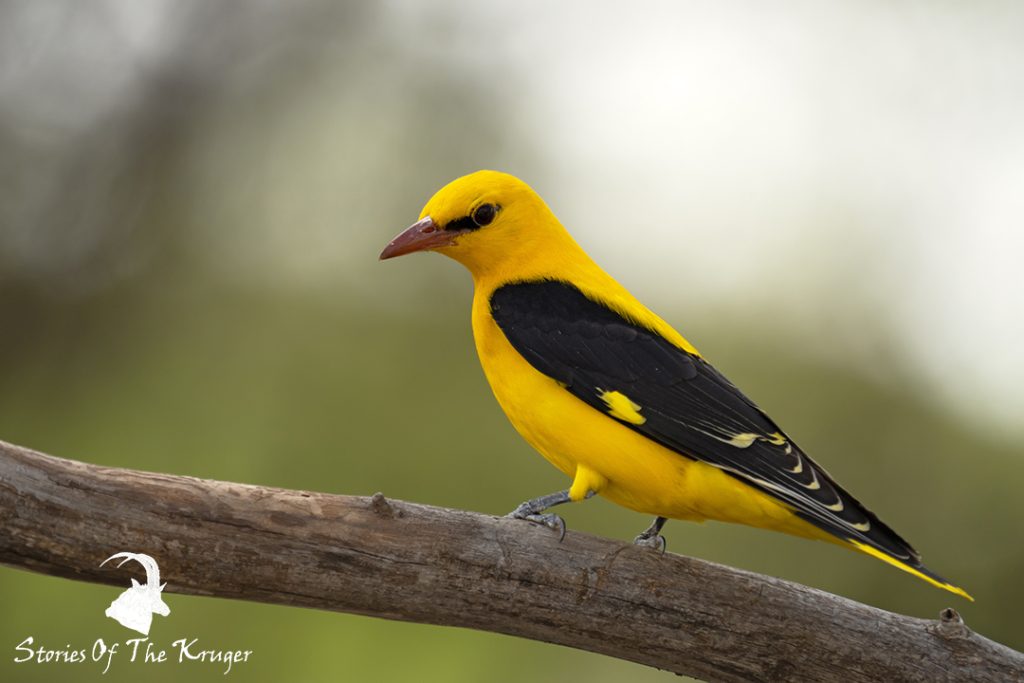Exploring Malelane And The Surrounding Areas During Winter
The Malelane Region Of The Kruger Park – Malelane Game Viewing And Birding
Our Malelane trip – It was a last minute decision. Let’s go to the Kruger National Park? This was the question I put to Adrian in April that year. He said he was keen, but because Stories Of The Kruger is not our full time job yet, we had to make some sacrifices and decide what we were going to do. First of all, we could only go for 2 nights, and we decided not to do the weekend, because of how busy the southern Kruger National Park is, no matter what time it is. So what did we do? We decided to leave on a Sunday night and arrive at the Malelane Gate on the Monday morning. Check. Then we just needed to make sure we had our day time jobs in check and we were not going to miss any serious work during the 3 week day period we would be unavailable. Check. So it was on!
I picked up Adrian art midnight on that Sunday, and we were packed with caffeine and excitement. I wrote a short blog about what we had planned for this trip about 2 weeks before, you can read it here. We drove through the night, and we did not even need the radio. The conversation flowed for over 4 hours and we did not stop talking until we got to the gate.
We arrived from a cold Johannesburg to a beautiful warm and humid lowveld morning. Yes we were a bit early; we arrived about an hour before the gates were scheduled to open. I am not going to lie, I love doing this. For me this allows preparation and the excitement to build up. It was only a two night trip, but we both knew this would be special. Our main aim was to gather content for things like this blog, our social media platforms (Please see at the bottom of this article) and most importantly our Stories Of The Kruger YouTube channel.
Entering Through Malelane Gate
We filled in the paperwork as the gate opened and then shot a few Instagram reels to keep our followers in the loop of our trip – we tend to do this on every trip, and it is all different. The sunrise was absolutely stunning and it “burnt” the sky in so many shades of pink, orange, red and eventually yellow. It was then we knew for sure that we were in the South African bushveld.
As per normal there was a mad rush from many other visitors at the gate, but we took our time. This is a key piece of advice if I can offer anyone. I learnt this about the Kruger from my father, do not rush! Absorb everything, record everything and just enjoy every possible moment spent in the Kruger. This is what we did. We started off on a slow drive. Adrian and I both love birding, and we drive with the intent to see as many birds as possible. And if you drive slow in the Kruger National Park, this means you will also have the best chance to spot the larger animals, and even the Big Five. We appreciate it all, and even took the opportunity its to photograph the moon, which was a full moon, over the hills in the distance around Berg-en-dal Rest Camp.
We eventually stumbled upon a few of our common favourites. The lush green bush (despite it being winter) came to life with Impala, Natal Spurfowl, Magpie Shrike, Ring-necked Dove, Grey Go-away Bird, Arrow-marked Babbler, Blue Waxbill and so many more. There was a lack of insects in the early morning, but I kind of expected that at this time of year (June).
We were driving on the H3 tar road, which along with the H7 near Orpen, is my favourite tar road in the whole of the Greater Kruger National Park. I have been blessed over the years with some incredible sightings along this route. Our aim was to head towards Skukuza.
We Now Offer Guided Bird Watching Tours In The Kruger National Park...
Some Big Cats Before Afsaal
We had seen some common birds, had an Elephant sighting, but the wildlife was quite scarce. All of a sudden we saw a bunched up group of cars ahead. Now, knowing the southern Kruger National Park like the back of my hand, I knew this was either a big cat, or something really unusual.
We arrived a few minutes late, just to see a large Leopard walk off into the thicket (The image can be seen on Adrian’s blog/trip report here). We saw the back-end of a Leopard for a good 9 seconds according to the time my video went on and off. It was going to be a frustrating Leopard trip for us.
We then stopped on the bridge of the non-perennial Mlambane River. This was a nice spot to stop. We had heard a pair of African Fish Eagles calling about 200 meters before the bridge, and our luck was with us. We managed to photograph a Fish Eagle really close to the bridge, just relaxed and perched in a large tree. It was calling and eventually flew off with all of its might. But the Mlambane had more to offer us. We looked around and saw Blacksmith Lapwing and a short glimpse of a Black Crake. There were still some pools of water scattered around the normally dry riverbed. Then we managed to lay our eyes on a gorgeous Hamerkop perched in one of the trees preening. I am not saying Hamerkops are rare in the Kruger National Park, but you do not see them that often, so this was a treat.
We continued on to our first stop, which would be the Afsaal Picnic Spot. Shortly after the Mlambane River we came across another cat. The “king of the jungle”. A male African Lion was lying on his back in very thick and long grass. We were so happy to see him, and we really got excited. Unfortunately for us he must have eaten the night before, because he was not moving! I am pretty sure that lone male Lion was there until the evening that day. So we had seen two big cats, but both really unlucky sightings in a way, but you cannot complain. The Kruger National Park offers what it can, and you can’t predict the way animals act and behave. It is not a zoo after all.
Afsaal To The H3/H1-1 Junction
We drove on, and saw some more common birds, and were lucky to have a decent sighting of a juvenile Burchell’s Coucal. I love these birds, and they don’t often come out into the open, but on this trip we would have our best Burchell’s Coucal sightings ever! We continued on and saw Swainson’s Spurfowl, Burchell’s Starling, Greater Blue-eared Starling, Sabota Lark, African Pipit, Wattled Starling and some of the birds we had seen earlier.
We arrived at Afsaal Picnic Spot, and found a beautiful Laughing Dove just sun bathing in the early morning light. I guess these Doves are not as used to the cooler weather as the ones from Joburg are. Took some photographs and some video and then went exploring through the picnic spot, and capturing more footage. There were some Vervet Monkeys in a tree close by, and we could hear the sound of Helmeted Guineafowl calling. Other than that, it was quiet, not even visitors were present. What a great time to be alive. The one thing I don’t enjoy much in the Kruger National Park is the large crowds, so when I have some time off I tend to go more north to avoid the larger number of people and cars.
We continued on. As we reached the junction of the H1-1 (Which goes towards Transport Dam and Pretoriuskop) and the H3, we saw some cars close by on the H1-1. We decided to have a look. It was quite busy, and the bush was very thick. We eventually did discover that there were Lions resting up there. Once again we were unfortunate, as the Lions were concealed in long grass and we could just see one female Lions ears flickering through the grass every now and then.
Continuing On Towards Skukuza Rest Camp
After the junction mentioned above we carried driving along the H3 towards Skukuza, and we came across 4 Southern Ground Hornbills. They were very active, and were feeding and eventually flew up to the higher branches of a tree in amongst the long grass. The Southern Ground Hornbill is a rare and large ground bird, and these days generally only occur and survive in big nature conservation areas like the Kruger National Park. They are always a great sighting, and we felt very privileged to watch them for a bit.
From then, the Hornbills seem to be out! To the best of my knowledge this was the first time we saw Yellow-billed Hornbill, Red-billed Hornbill and African Grey Hornbill since we entered through Malelane Gate. It was almost like the Ground Hornbills gave their smaller cousins the go ahead to be seen.
We saw a lot more Impala, and a lone Blue Wildebeest. We then encountered our first Lilac-breasted Roller of the trip. We saw quite a few, but this one was special as Adrian had been wanting to see one the whole morning. At this point we were just running on caffeine, so we got excited about everything. Then we had a special sighting. It is a dull bird, but I have not seen many in the Kruger National Park. We stopped for something, not sure what, but then there was a beautiful Marico Flycatcher perched in the open just asking for its photo to be taken! And that we did. I was really happy with this sighting. I don’t know if it is just me, but I have only ever seen Marico Flycatchers in the Kruger in winter?
Web started to see quite a few Birds Of Prey using the thermals to get some air and start flying above. Not too sure what they were, but we did see some Vultures and at least 2 Bateleur Eagles.
Carrying on we were still driving slowly, which paid off. We heard the characteristic call of the Blue Waxbill, and stopped, and just like that, there they were… In the open! We managed to capture a few photographs before they moved back into the thickets. I love Blue Waxbills and other small seed-eating birds. They are generally colourful and very active, which is both a photographers dream (the colour) and their nightmare (the movement).
We Arrived At Skukuza Rest Camp
Skukuza was ahead of us and we were going to stop to get something to eat, and then some more caffeine. Not healthy, but at Stories Of The Kruger we motor on and maximise our time in the bush, so sacrifices to the body have to be made. As we were walking to the cafeteria area we saw a Southern Tree Agama (Blue-headed Agama). It was very calm, and I think just wanted some some sun, although at this point it was about 11.30am and the temperature had reached 27 degrees. A far way away from the Gauteng cold winter.
We placed our orders at then cafeteria, went to the bathroom and then waited for our food. We looked up into the thatch, and we saw what I was kind of hoping to see. A small group of Wahlberg’s Epauletted Fruit Bats sleeping. It was hard to photograph them because the lighting was very poor, but these large Fruit Bats were very nice to see. They seem to love roosting in and around Skukuza. I have seen them many times in all sorts of places, but the thatch is definitely a favourite of theirs.
We had a look at the Sabie River from the viewing points, and it was the fullest I had ever seen it. This was no doubt due to the extreme flooding that happened in the February and March earlier that year, that washed away bridges and roads in the southern and central Kruger National Park. This was the reason the Kruger was so lush and green during what should be the beginning of the dry season.
We headed back to the car and something caught my eye in the tree above the car. I was carrying groceries and food, as well as a camera. I stood on an ants nest, but I had to photograph what I had seen. I did not recognise this bird at first, but later that day at the camp were staying at (Malelane Satellite Camp), I saw it was an Ashy Flycatcher. This was a first for me, and I got really excited about it. It is not the prettiest of birds, but it is not seen too often. I consider this to be a “lifer”, and was so happy that I managed to balance all the food and groceries and get a half decent photograph of this wonderful bird. The Ashy Flycatcher, wow!
Where Do We Go After Skukuza?
If you follow us on social media, or have read any of our Kruger Adventures, you might be able to answer this question. When you are at Skukuza, there is one place you have to visit. Lake Panic Bird Hide! We love this place, and despite it’s popularity this is the best Bird Hide in the entire of the Greater Kruger National Park, and trust me, I have been to many. We drove down the H11 towards the Paul Kruger Gate and we saw Elephants and had our first Common Warthog sighting (We would have more than 20 Warthog sightings during this short trip, more than I have ever seen before). It is only about a 6 kilometre drive in total to Lake Panic Bird Hide from Skukuza, but normally you see Buffalo along this road, and I was hoping we did, but to no avail.
Any way, we arrived at Lake Panic Bird Hide and were welcomed by a female Common Bushbuck that was very calm and friendly and obliged for some photographs. We then walked down the long and exciting walkway. Sometimes the trees are full of birdlife, but in this case it was 1pm and nearly 30 degrees, so I guess they were hiding. But we entered to the hide, it was busy, but we found a seat.
The Hippos were entertaining and very close by for a change. This was the closest I had seen a pod at the hide before. We watched them and listened to them the whole time we were there, and there were two very young ones in the pod. There were some interesting birds around as well. We saw Egyptian Goose, Water Thick-knee, Burchell’s Coucal, African Fish Eagle, African Jacana, Malachite Kingfisher, White-faced Whistling Duck, Spotted-backed Weaver and from those that was basically it. In summer the birding here is much better, but we were still in for a surprise. I had my second ever glimpse of a Pygmy Kingfisher in the Kruger National Park. The first was close to Mopani and it sped off like it had a meeting to go to, and something similar happened with this Pygmy Kingfisher. A kind lady and keen birder (we spoke a lot) pointed it out to me, and as I zoomed in with my camera, it flew off. I can still picture the beautiful colours in my head, and that is all that matters. Although I wish I got a photograph of it.
After watching the Serrated Hinged Terrapins come out of the water onto a dead piece of wood or tree submerged in the water, we decided we were actually running pretty late and we had to leave. What I forgot to mention is that we also saw Impala and an Nyala bull come to drink while were there too. But we made a bit of a rush to our vehicle, even though that would not make a difference because we were not going to drive fast.
Heading To Malelane Satellite Camp Via Pretoriuskop
Would we make Malelane Camp in time? Well I was unsure. I do not want to ever disobey the Kruger Park rules or be late for gate closing. I guess I am so used to going during the summer months when the driving time is a lot more easier.
This foiled our route plans unfortunately, which I really hated. We were supposed to follow the S3 all the way to Pretoriuskop and stop there. Instead we ended up driving the S1, onto the S7, via the S10 and then onto Voortrekker Road.
Things were very quiet on the S1 after Lake Panic. We saw a decent amount of Impala and Elephant, but the birds were scarce, except for the odd raptor overhead. The S1 is a great early morning and late afternoon road, but from what I learnt was not a good mid-day drive. We managed to also see Burchell’s Zebra, Common Warthog, Lilac-breasted Roller, Southern Red-billed Hornbill, Laughing Dove, Ring-necked Dove, magpie Shrike, Puffback, Natal Spurfowl, Crested Francolin, and to our surprise 3 more Southern Ground Hornbills. This was lovely, and the lady that I had spoken to at Lake Panic stopped while we were watching them, and had a quick chat before her and her husband moved off. For some reason, the Kruger National Park connects people, especially if you appreciate all kinds of wildlife.
After that the S1 was slow. We turned onto the S3 and then the S7. That hardly yielded anything. But I really enjoyed the lush bush and the scenery. It was a beautiful drive. We saw some Impala, but hardly any birds. We joined the S10 hoping to see the resident Klipspringer, but they were somewhere else. Secretly I was hoping to see an African Rock Python sun basking, but that was just a hope. Once again a beautiful drive, but nothing really to report.
The H2-2 Towards Our Home – Malelane Satellite Camp
After getting lost once around the crazy map of Pretoriuskop dirt roads, we finally made it onto the H2-2. This is known as Voortrekker Road, and has great historically significance. This is where Jock Of The Bushveld (the dog) was born and traveled, and also where the the first pioneers of the lowveld took their wagons. You do really feel “Kruger” when you drive this road with the amount of history it offers.
The H2-2 is honestly a hit or miss road. I drive this road when I am in the region and have time, because I really want to see a Lichtenstein’s Hartebeest. This might be an ultimate Kruger National Park goal. Not only that, but the H2-2 also offers the opportunity to see Grey Rhebok, Sable Antelope, Common Reedbuck, Tsessebe, Cheetah, Leopard, Lion and a host of other animals. Birding has never been a strong point of this road in my opinion, although I think if you drove the southern section at first light you might come right with some unusual birds.
It was getting later in the day, but with the lack of success we had for the last 2 hours or so, I did not expect much. But about 2kms into this road, we came across Elephants. There was a young bull close to the road, and after watching them for a few minutes we decided to take our chances in getting past him. I hate encountering Elephants on dirt roads. I know what they can do and how temperamental they are, especially breeding herds and bulls in musth.
We saw more Elephants and Impala after this, not many birds that are worth mentioning, and then we came across something special. I must admit, I “semi knew” about this beforehand, but did not get my hopes up. The previous two times I have driven the H2-2, or Voortrekker Road, I have come across a Spotted Hyaena den in the same place. I am not exactly sure where it is in terms of distance, but we came across this den again this time. It must be well utilised and a fairly stable area for the cubs to grow up in.
We first saw an adult Spotted Hyaena cross the road. We stopped and were excited. Our first good sighting of a predator. We drove closer to this Hyaena and then 2 pups came out and joined her (it was a her, not sure if it was the mother, doubt it, but they were trying to suckle). We were so happy. We watched and listened as these 3 awesome creatures carried on. They were obviously very used to traffic as they were on the side of the road, and we got very close and got some amazing photographs. The young Spotted Hyaenas were very curious, but still young enough to be cautious, so they didn’t come to close to our car. But we were very close, and we spent as much time as we could with them until we ran out of time. I could have spent an hour and a half with them. I think we were at this sighting by ourselves for 35 minutes or so. We slowly drove past the Hyaenas and bid them farewell.
The rest of the H2-2 was packed full off Impala, Burchell’s Zebra and Elephants. It was the most active I have ever seen this road. We then came across Giraffes. This was our first sighting of any Southern Giraffe on our trip thus far. We had 3 Giraffe sightings. Not many birds once more, and once again no Lichtenstein’s Hartebeest, but what an amazing Spotted Hyaena sighting!
Time To Check In To Malelane
We eventually joined the H3 again. The road our day began on. We were not birding anymore and were almost driving the actual speed limit of 50km/h to make sure we check in and get to camp in time. We drove past many Impala, a herd of Elephants and I am pretty sure many birds, as we could hear patches of thicket going crazy, would have loved to of stopped, but we had no time.
We got to the Mlambane River bridge again, and we just had to stop this time. There were two beautiful Common Waterbuck bulls in the riverbed below. I love these antelope, and we had not seen any yet, so we took a few quick snaps, and then headed onto Malelane Gate to check in.
Check in successful, and we still had 35 minutes to about a 15 minute trip to Malelane Satellite Camp. On the way we were able to capture a beautiful sun setting over the mountains in the region.
We were greeted by a male Impala on the dirt road as we entered Malelane Satellite Camp. We started filming the camp for our YouTube channel, and we managed to come across a lone Southern Tree Squirrel running across the road and then a family of Natal Spurfowl, including 3 chicks, on the roof of the ablutions! What a pleasure. We arrived in style and it was still light to get some filming in. We unpacked and sorted our lives out, and then had time to relax for a bit. Then Adrian started the braai. What a way to end our first day. You wouldn’t think this was a 2 night trip, we had everything in order, we could have stayed for a week! We recorded a few videos, spoke about our amazing day, but we were very tired. And to the sounds of the Hippos in the Crocodile River below and the Bats and few insects that were around, we fell asleep in our chalet to absolute bliss!
What Would Be The Best Way To Start Day 2?
We started out our second day by me waking Adrian up. I let him sleep as long as I could, but I knew he wanted to make coffee at the communal kitchen, and I wanted to be out the gate at opening time: 6am. We were both ready, prepared and completely amped up in a way only the Kruger National Park can make you. We saw Impala, Red-billed Hornbill, Magpie Shrike, Swainson’s Spurfowl and heard Arrow-marked Babbler. It was quiet as we got onto the H3. Our aim was to drive the S25 (Crocodile River Road) that morning. So we headed to our objective. We turned onto the S114 dirt road (which is the gateway to the S25), and then our day really started…
As soon as we turned onto the S114 we came across a pride of Lions. And we were the second car there. No one else around. The pride consisted of females and a few youngsters probably between 10 and 15 months old. This was an incredible sighting for many reasons. The Lions were completely in. The open in really short grass, like how your grass would be mowed in your garden, and they were not in a hurry to do anything.
Interestingly enough, there was a herd of Impala close by, and an African Elephant browsing on Guarri bush just across the road from them. This beautiful pride of Lions gave us so much joy and we watched them for nearly an hour until they moved off into the thicket. At that stage the traffic was building up. This is one of the many reasons I love to get up early in the Kruger National Park. You have the opportunity its to be alone with one of the apex predators of the World!
We watched the Lions walk around a bit, the youngsters were playing, and they eventually approached what I presume was a temporary small waterhole, as they all drank there. The females had fat bellies, they must have eaten during the night. They were all in super condition, and this is one of 2 or 3 of my favourite Lion sightings in the last few years.
We Are Not Even On Crocodile River Road Yet!
Before heading onto the S25, which is Crocodile River Road, we wanted to go and check out Gardenia Bird Hide. It was a brilliant detour, especially from a birding perspective. We saw lots of Hornbills and Spurfowl on the S114. We also came across a few trees of roosting White-backed Vultures. It was an overcast morning, so the birds of prey were still roosting. We eventually kept driving and came across an adult Bateleur Eagle also perched in a dead tree. What a lovely sighting. We saw Burchell’s Coucal, Magpie Shrike, Sabota Lark, Blue Waxbill, Southern White-crowned Shrike, Greater Blue-eared Starling, Laughing Dove, Fork-tailed Drongo and a few other more common bushveld bird species. Animal wise we were lucky to see African Elephant, Burchell’s Zebra, Impala and Steenbok.
We then joined the S119, where the Gardenia Bird Hide is located. As soon as we started on this road a bit of yellow caught my attention. We stopped, and watched, a Yellow-throated Longclaw singing at the top of an acacia tree. This was a special sighting, I was so happy to0 come across this bird, but I will be honest. My birding logic went out the window when I saw a bird of this colour in a tree. I thought it was a Golden Pipit. But they do not occur in the region during this time of year, and also lack the black stripe on the breast. I had made a mistake. I would have loved to have seen a Golden Pipit, and maybe one day I will, but this time it was my 3rd sighting ever (2nd in the Kruger National Park) of a Yellow-throated Longclaw, so I am still really over the moon to be honest.
Continuing on we saw Impala, Burchell’s Starling, Cape Glossy Starling, Wattled Starling, Cape Sparrow and some more White-backed Vultures.
We eventually reached the Gardenia Bird Hide, and to our surprise there was an almost tame Emerald-spotted Wood Dove right by the entrance. We took many photographs and video of this stunning bird. The clouds were starting to subside, so the emerald spots on its wings were starting to shimmer, such a beauty!
There were no animals at the Gardenia Bird Hide, but I had a quick look and managed to see Burchell’s Coucal, Water Thick-knee, African Pied Wagtail, Three-banded Plover, Egyptian Goose and Burchell’s Starling.
Let’s Start The S25 Route
The weather had started to warm up quite a bit as we eventually joined the S25, or Crocodile River Road. It would take us quite some time to reach Crocodile Bridge Rest Camp, as we took this route very slowly. We saw a lot of Impala, Burchell’s Zebra and Blue Wildebeest; as you normally do on this wonderful dirt road.
The road was very corrugated and bumpy, I presume this was from the heavy floods earlier in the year. We carried on, and saw general common bushveld birds, including quite a few Southern White-crowned Shrike, Green-winged Pytilia, Black-crowned Tchagra and Blue Waxbill. The road was a bit quiet, but we were enjoying a lovely, but bumpy, drive.
We then were stopped by two cars blocking the road. What did they see? We looked and looked, but nothing. We were fortunate as one of the cars eventually moved off and spoke to us. There were 4 African Wild Dogs right next to the road, but in thick, thick grass. They were lying down and we did our best to get video and photographs, but as you can see from the below image, we really struggled. The long golden grass was covering these Wild Dogs very nicely, and they were also underneath a bush to top it all off. We waited and waited, hoping one would stand up, but to no avail. It was a wonderful sighting however, and we are just so blessed to see these Painted Wolves, as there are not a lot in the Kruger National Park.
The remainder of the S25 continued produce a few bird sightings, including some soaring birds of prey. We came across a loan Hippo in a muddy pool, which was quite interesting. It obviously had enough of the Crocodile River for the time being. We missed another Leopard sighting, which we only learnt about later by having a chat to a couple at Crocodile Bridge Rest Camp. We actually stopped at the point where they did, but obviously did not look hard enough; also we were distracted by some birds, and they were driving slowly, so we presumed that is what they stopped for.
There were some more Wildebeest, Impala, Zebra and lots of Warthog. The S25 ended, and we were very happy! Although it took a staggering 6 hours to drive what normally takes 3 hours!
Off To Sunset Dam
After a coffee and bathroom break at Crocodile Bridge, we headed towards our next destination, which is the incredible Sunset Dam. We were struggling with time once again, and due to road closures, we would have to double back and exit through Crocodile Bridge and drive the highway back to Malelane Gate. This was not ideal, and we only sort of made the realisation at Sunset Dam.
Soaking Up Sunset Dam
I love this spot. There is so much space along the bank, and always so much action. There were so many Crocodiles on the far bank, and some massive ones at that. Amongst them were some Blacksmith Lapwing, Water Thick-knee and Yellow-billed Stork. Scanning across the rest of the banks produced Hippo and Impala. The birdlife was a bit more scarce than normal, but we saw Wire-tailed Swallow, African Spoonbill, Three-banded Plover, White-crowned Lapwing, Egyptian Goose, Common Sandpiper and Hadeda Ibis. We took a lot of video and photographs.
Heading back on the H4-2, guess what? We missed ANOTHER Leopard sighting. This was the 3rd time we were unlucky with Leopard sighting on this trip, and there was still 1 more incident to come. That is for the next paragraph… We drove away from where the Leopard had been and took it slowly. We saw an abnormal amount of Burchell’s Coucals, which was so great. I love these birds, and they all seemed to be in the open… So great! We also came across Waterbuck, Kudu, Steenbok and Buffalo (This was the only time on the trip we would see Buffalo and Kudu surprisingly). There was a brief stand off with an African elephant bull. We stopped, and someone overtook us at the sighting, obviously in a hurry. The bull mock charged the car, and for a second I thought that was it for the small vehicle. Luckily the Elephant backed off.
We continued and came across another herd of Elephants and some more Waterbuck. We also saw many Starlings and Shrikes, but in terms of birding on the H4-2, the best was yet to come! I managed to get my personal best photograph of a bird I really enjoy watching, the Golden-breasted Bunting. It was so nice to see this bird out in the open like this. I hope to have many more encounters like this. I love the colours on this beautiful Kruger Park bird species. We then stopped for another Burchell’s Coucal, and to our surprise, we saw a bird frolicking in the undergrowth, and it came out briefly, and in just in the knick of time, I got a quick photo. It was a Southern Boubou! I know these birds are common garden visitors in some parts of South Africa, and I have seen them in the Eastern Cape, but for me, this was a Kruger National Park lifer. In all my Kruger years and trips, I have never even heard a Southern Boubou, never mind about seeing one! Truly happy.
As we exited the Kruger National Park, we came across a stunning Goliath Heron, who we managed to get very close to. There was also a Reed Cormorant, Black Crake and even a juvenile Martial Eagle hanging around the Crocodile River!
What a day is all I can say, the Kruger provides when you are patient.
Back At Malelane – Our Second And Last Night
When we arrived back at Malelane Satellite Camp, we were over the moon and not as tired as the night before. We once again spoke about the amazing day we had, especially with the birding. We sat under our boma-like structure a few meters from our chalet, started the braai, and then had the beautiful experience of a Spotted Eagle Owl calling. This particular individual called until we went to bed at about 11pm. We heard the Hippos again, and the Water Thick-knees were in full voice this quiet night, the insects were noticeably absent. I really love this camp, even though you can see the sugar cane fields and across the Kruger National park boundary here.
What made this evening more special is that we were visited by a pair of Lesser Bushbabies (Southern African Galago). They played around and tried to get at our braai and snacks for about an hour. It was a great experience. These tiny primates are so cute, and they seem to be so friendly in the camps you stay at. Unfortunately this is from people feeding them in all honestly. Please do not feed the animals in the Kruger, they need to fend for themselves, if they depend on us, it will really mess up their lifestyle. Besides that, it was an absolute dream to watch them, jump all over the place. The one Bushbaby even brushed my shoulder as he or she jumped from the thatch onto an unoccupied chair. I know this was one of Adrians highlights, we were both in our element.
I think we both went to bed that night not minding we were going home the next day.
On The Way Out Of The Kruger National Park From Malelane
Dawn broke, and beautiful red, pink and orange skies surrounded us once more. It was a bitter sweet moment. We were to leave Malelane after our short stay. A Grey-headed Bush Shrike was calling, and it was a lovely start to a warm morning. We were only going to do a short drive in the morning and try leave out through Malelane Gate quite early.
There were a few route options for our short drive, and they would all end up in Berg-en Dal Rest Camp. The first option was a longer route. We would exit onto the H3 and then drive towards the turn off for the Steilberg Loop, or the S120. The second option (which I really wanted to do), was drive the Matjulu Loop, or the S110 dirt road. We did opt for the second route.
Things were relatively quiet the whole morning, and the H3 had no birds or animals to offer us. On the S110 dirt road, the bird life came alive. There were a lot of Fork-tailed Drongo, Magpie Shrike, Ring-necked Dove, Crested Francolin, Natal Spurfowl and Laughing Doves. We had a short glimpse of a Harlequin Quail crossing the road into long grass, and shortly thereafter a Slender Mongoose did the same. Impala were abundant, and beautiful to see in the early morning light.
Just after we reached the junction of the S120 and S110 we were stopped by a vehicle. A Leopard had crossed the road just moments before and they wanted us to see it. It was very thick and hilly terrain, and we scanned the area, watched and listened, but to no avail. Another Leopard sighting missed by minutes. Frustrating, but all part of the experience.
We past a shrub that had a number of Blue Waxbills, Golden-breasted Buntings and Green-winged Pytilias in it, but we just could not focus on these little birds from the distance we were at to get a decent enough photograph.
We saw a few Buffalo in the thickets and more Impala. There were some Tawny-flanked Prinia around, and we could hear the call of a Black-backed Puffback. A stand out birding sighting was a Lazy Cisticola, that remained still enough for a quick photo, it was not the best, but still happy to have seen and heard this LBJ, most people would not stop for such a bird, but as we are bird lovers, and want to start bird guiding full time, we stop and identify what we can, you never know it could be a lifer!
Our last interesting interaction was on a tree. There were 3 Smith’s Bush Squirrels, or as South Africans call them “Tree Squirrels”, playing and running up and down a tree. They were very entertaining, and we did not see too many Squirrels during this trip, so this was a treat!
We came off the S110 and entered Berg-en Dal Rest Camp. We were greeted immediately by a Black-headed Oriole, who just wanted his or her photograph taken. We were very excited about this. So often you just hear these Orioles and never see them, so we were so lucky to have one out in the open like this.
We then had breakfast and took a lazy drive down the S110 tar road towards the H3, and then exited out of Malelane Gate, where this beautiful short trip began!
What More Can I Say About Our Malelane And Kruger Trip?
It was the best short trip I have been on in the Kruger National Park, it just felt perfect, even though we were slightly unlucky with a few sightings. The weather was great for birding and game viewing, and we did not decide to cover huge distances, which mean we could admire all the surrounds and scenery that the Kruger National Park has to offer. We will be back in August, and this time we will be guiding our first guest on a bird watching tour in the Letaba and Olifants region, we cannot wait! Below is a video of our entire trip, it is really worth the watch, or if you just want to hear Kruger Park sounds and bird calls, play it in the background and soak up the bush from wherever you are. Until next time, it has been a journey! Keep it wild.
Check Us Out On YouTube
Subscribe to our YouTube channel and watch all our videos, listen to bird calls, animal calls and more!
